 Abraham Lincoln
If given the truth, the people can be depended upon to meet any national crisis...
Abraham Lincoln
If given the truth, the people can be depended upon to meet any national crisis...
 Guildford news...
for Guildford people, brought to you by Guildford reporters - Guildford's own news service
Guildford news...
for Guildford people, brought to you by Guildford reporters - Guildford's own news service
Birdwatcher’s Diary No.264
Published on: 4 Oct, 2022
Updated on: 3 Oct, 2022
By Malcolm Fincham
As temperatures continued to stay just above average leading into the last weeks of September, several days of sunshine kept some of the birds moving south lingering on local “patches” around Surrey.
A visit to Tice’s Meadow in Tongham, in the company of Bob and Dougal, revealed that a few whinchats could still be viewed, although too distant for my camera lens.
Distant, though just about within range of my camera for a record shot, was a hobby. Almost certainly the same one I mentioned in my previous report.
It continued to show from the waterside hide, often perched in a dead tree, or on the electric utility poles that border the A31 Farnham Road as it consumes its cache of mostly dragonflies.
Adding to the day’s sightings was a peregrine falcon. It was first sighted drinking from the water’s edge, then shortly after it perched on a post some way off to the right of us, as we viewed from the hide.
Often known to winter there, several green sandpipers could also be viewed.
While several common snipe had also made a return.
Among the usual suspects that could be seen, I was able to pick out a kingfisher perched up in the sallows on the far side of the eastern silt pond.
With temperatures still in the low 20s centigrade, a slow worm could even still be found.
Passing through the autumn equinox, this year falling on September 23, marked the beginning of the astronomical season of autumn. The weather continued with an unsettled theme and temperatures, coincidently, dropped below the norm during the remaining weeks of the month.
Local to home, at Britten’s Pond along Salt Box Road in Worplesdon, I was rather pleased to achieve another picture of a carp breeching the surface of the water to add to my archive of previous ones I had taken there.
On the centre of the pond a lone great crested grebe remained present for several days.
What appeared to be an immature and rather tame grey heron was a regular sight during the last weeks of the month. Occasionally landing on swims often taken up by fishermen.
After respective weeks of absence, a pair of grey wagtails had made a return there, mostly predominant on the islands and by the outlet streams.
The regular resident pair of greylag geese remained stalwarts there.
While a kingfisher was regularly active during the later days of the month. Closer inspection of numerous photos I took convinced me that it was a male kingfisher, as at close view the female has a distinctive orange lower mandible.
Around the pond the constant sound of long-tailed tits continued to be heard. While other tits could be seen in-tow within the groups.
Also among them chiffchaffs could still be seen and heard.
A delightful find on one of my visits was a treecreeper that appeared on a tree bark within just a few yards of me. Watching at close quarters while taking several photos it crept up the tree.
It could be seen listening for sounds of insects as it pressed the side of its head against the tree bark.
As the sun shone on some ivy way above head height, a hornet could be seen stocking up on the nectar from its flowers.
By the last days of the month in St Mary’s churchyard, Perry Hall, Worplesdon, I found a firecrest flitting from branch to branch looking for insects in a holly tree.
Reported sightings of several small groups of redwings were now being recorded within the Surrey countryside as they began to arrive from Scandinavia to winter here.
Never one to turn down an invite from Bob, I joined him on a trip to Farlington Marshes near Portsmouth on September 25.
Worthy of the visit on its own was my first sighting this autumn of bearded tits (reedlings).
Lower temperatures and lessening amounts of insects to feed on low in the reed beds had started to tempt them occasionally to the tops of the phragmites reed stems, as they began to convert their diets to the seed heads.
As previously seen there, black-tailed godwits were now growing in numbers on the main lake.
While at least one curlew sandpiper could still be viewed.
Part of a large flock of grey plovers could be seen and photographed closer to view than on my previous visit. Some were still partly in summer plumage with black bellies.
A large deceit of lapwings could be viewed overhead. Spooked up into the air by a passing bird of prey.
Also on the main lake my first autumn sightings of pintail ducks that had now begun to arrive.
While good numbers of wigeon could now also be seen.
Overhead, a large flock of wintering wildfowl, mostly wigeon, flew in off the sea.
At least three little grebes were present on the lake.
And a pair of gadwall.
Elsewhere around the reserve at least two cattle egrets could still be seen among the cattle present.
While small groups of little egrets gathered on the mud banks.
Yellow wagtails were still stopping off to feed among the cattle on their journey back to Africa.
A surprise for us was our first three brent geese of the thousands soon to arrive from the Arctic Tundra regions of Siberia.
With so much waterfowl to choose from, it wasn’t surprising to see a few birds of prey on display.
A common buzzard passed through, spooking up a group of lapwings (previously mentioned).
While a sparrowhawk glided in tight circles overhead.
At least three of the resident kestrels could be counted, hovering over the reserve.
And a marsh harrier also made a brief appearance.
Also entering the stage, albeit briefly, was, as expected, a peregrine falcon.
Known across the Atlantic as “the duck-hawk” where, in America things, they are often referred to it as what it says on the tin.
Responses to Birdwatcher’s Diary No.264
Leave a Comment Cancel reply
Please see our comments policy. All comments are moderated and may take time to appear. Full names, or at least initial and surname, must be given.
Click on cartoon for Dragon story: Public Asked for Views on SCC’s Proposal for Reduced Speed Limits



Recent Articles
- Charlotteville Cycle Club Organises Another Successful Cycle Race Event
- Waverley Council To Bring Green Space Maintenance In-house
- A New Dementia Centre for Guildford
- Lib Dems Easily Hold Three Council Seats in Surrey By-elections
- UK Students to Launch International Space Mission
- New Skate Park Proposed for Cranleigh
- Retrofit Planned for Guildford Office Building
- Museum Shines a Light on Victorian Send, Ripley and Pyrford
- Guildford Festival Burst with Colour, Culture and Community Spirit
- Conservationists Celebrate Victory As Fast-food Plan At Nature Reserve Is Turned Down



Recent Comments
- Richard Cooke on Letter: Snail-paced Progress for Full Weir Repair
- Bethan Moore on Guildford’s First “Bike Bus”
- Andy Friend-Smith on Guildford’s First “Bike Bus”
- Peter Mills on Guildford’s First “Bike Bus”
- Des Flanders on Making History As Pewley School’s Class of ’54 Hold Their Final Reunion
- Margaret Rotherham on Guildford Festival Burst with Colour, Culture and Community Spirit
Search in Site
Media Gallery
Dragon Interview: Local Artist Leaves Her Mark At One of England’s Most Historic Buildings
January 21, 2023 / No Comment / Read MoreDragon Interview: Lib Dem Planning Chair: ‘Current Policy Doesn’t Work for Local People’
January 19, 2023 / No Comment / Read MoreA3 Tunnel in Guildford ‘Necessary’ for New Homes, Says Guildford’s MP
January 10, 2023 / No Comment / Read More‘Madness’ for London Road Scheme to Go Ahead Against ‘Huge Opposition’, Says SCC Leader
January 6, 2023 / No Comment / Read MoreCouncillor’s Son Starts Campaign for More Consultation on North Street Plan
December 30, 2022 / No Comment / Read MoreCounty Council Climbs Down Over London Road Works – Further ‘Engagement’ Period Announced
December 14, 2022 / No Comment / Read MoreDragon Interview: GBC Reaction to the Government’s Expected Decision to Relax Housing Targets
December 7, 2022 / No Comment / Read MoreHow Can Our Town Centre Businesses Recover? Watch the Shop Front Debate
May 18, 2020 / No Comment / Read More



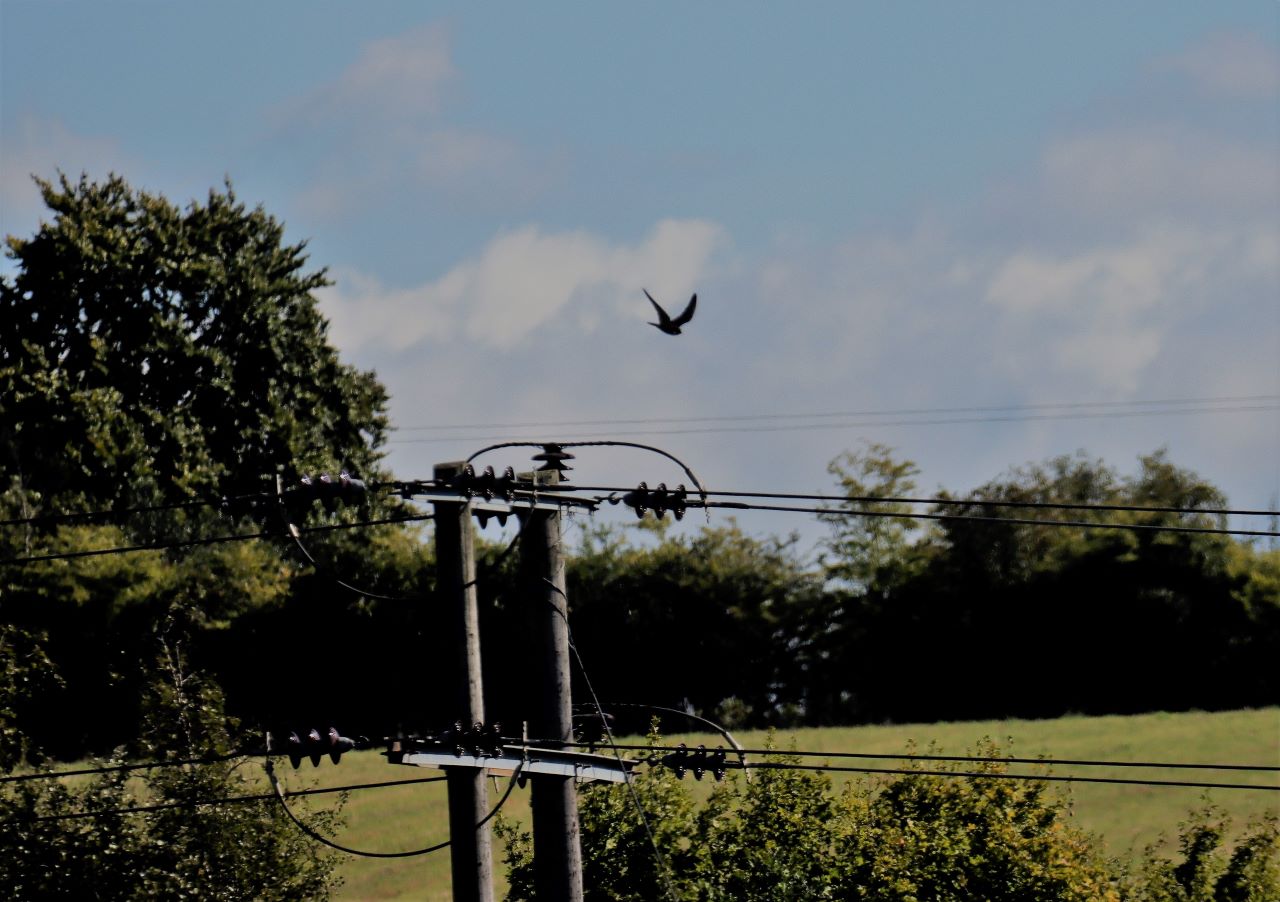
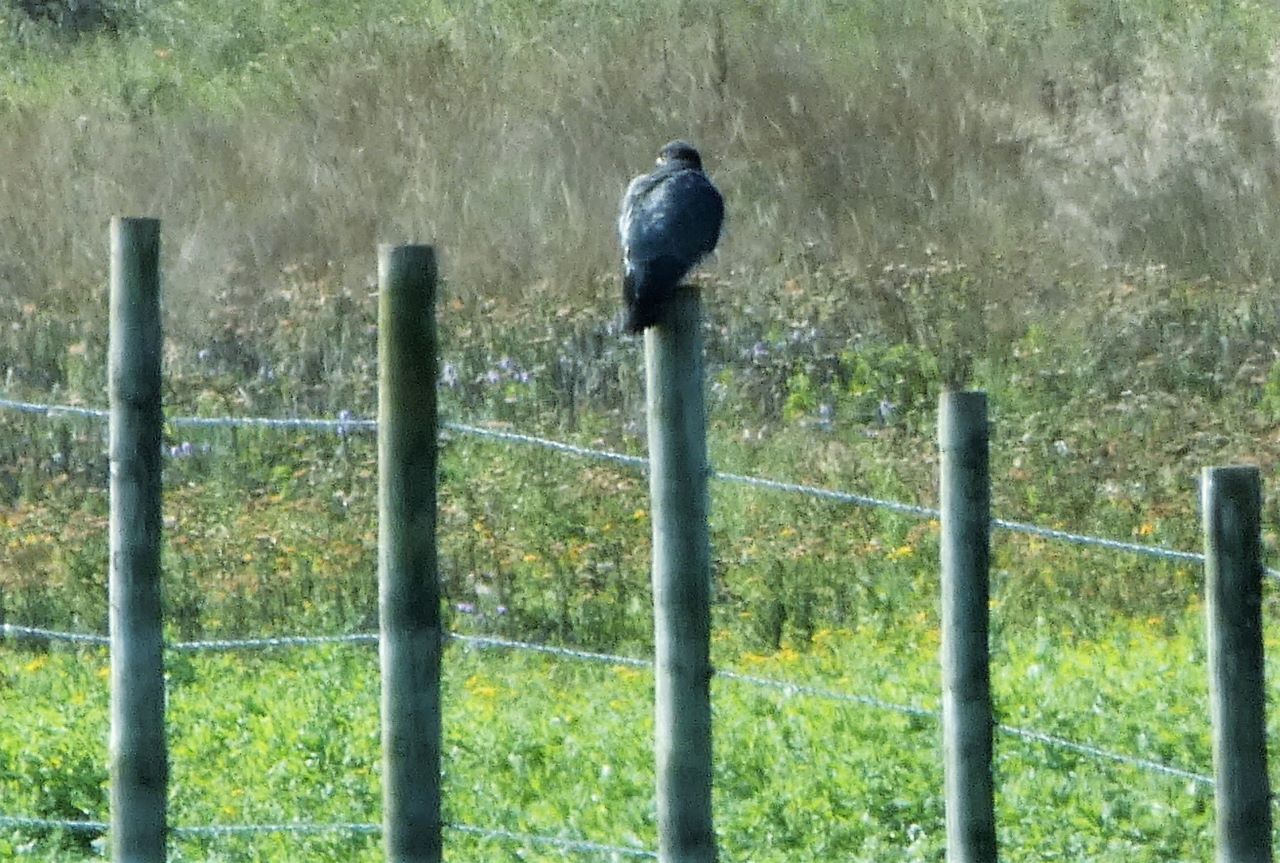
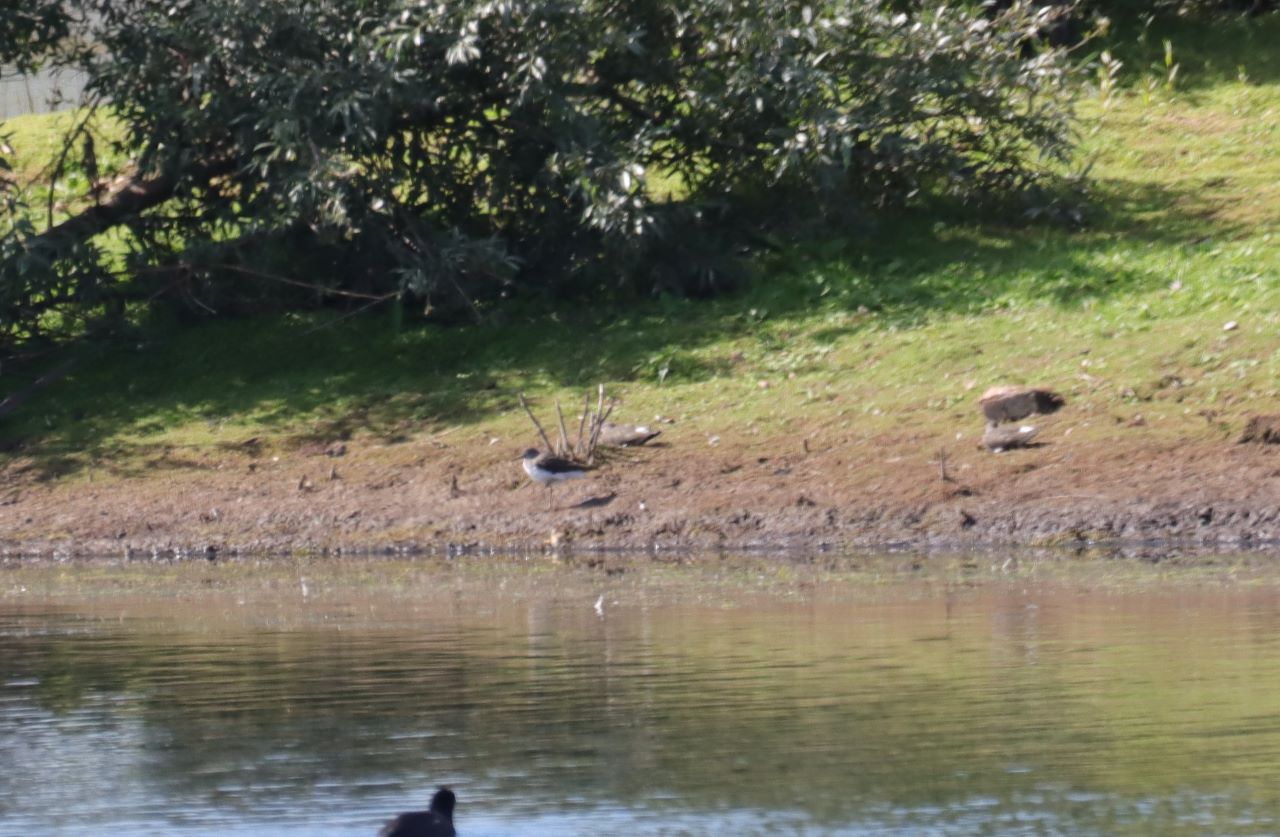

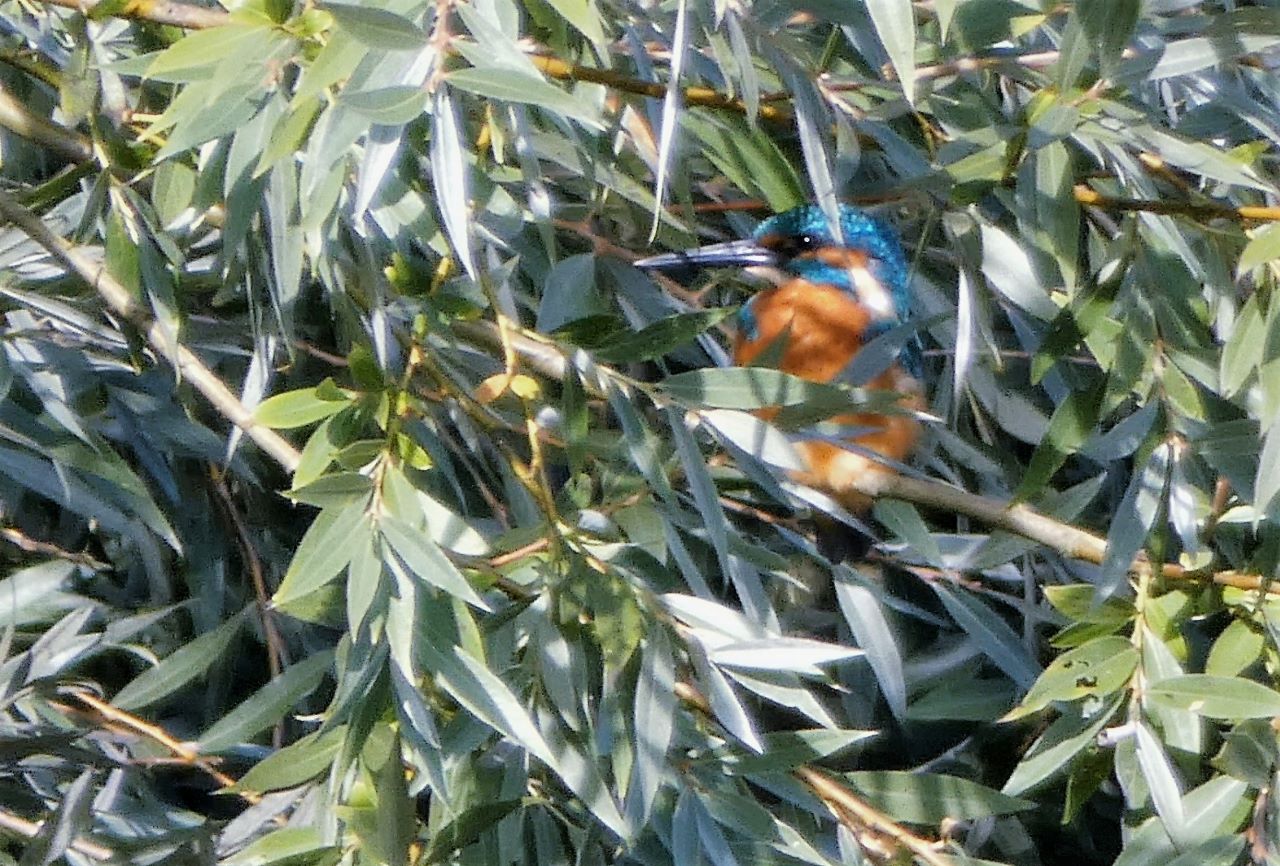
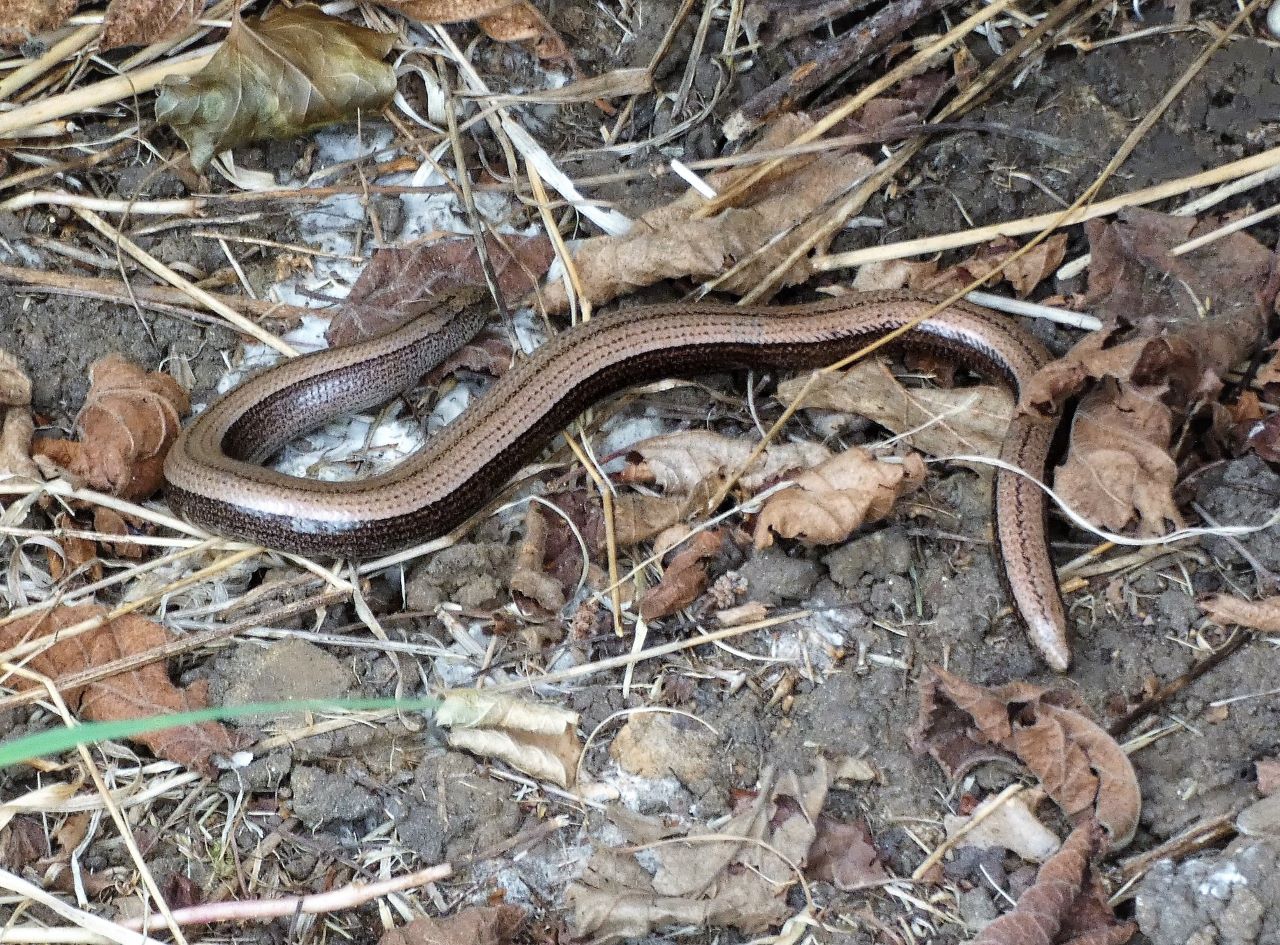

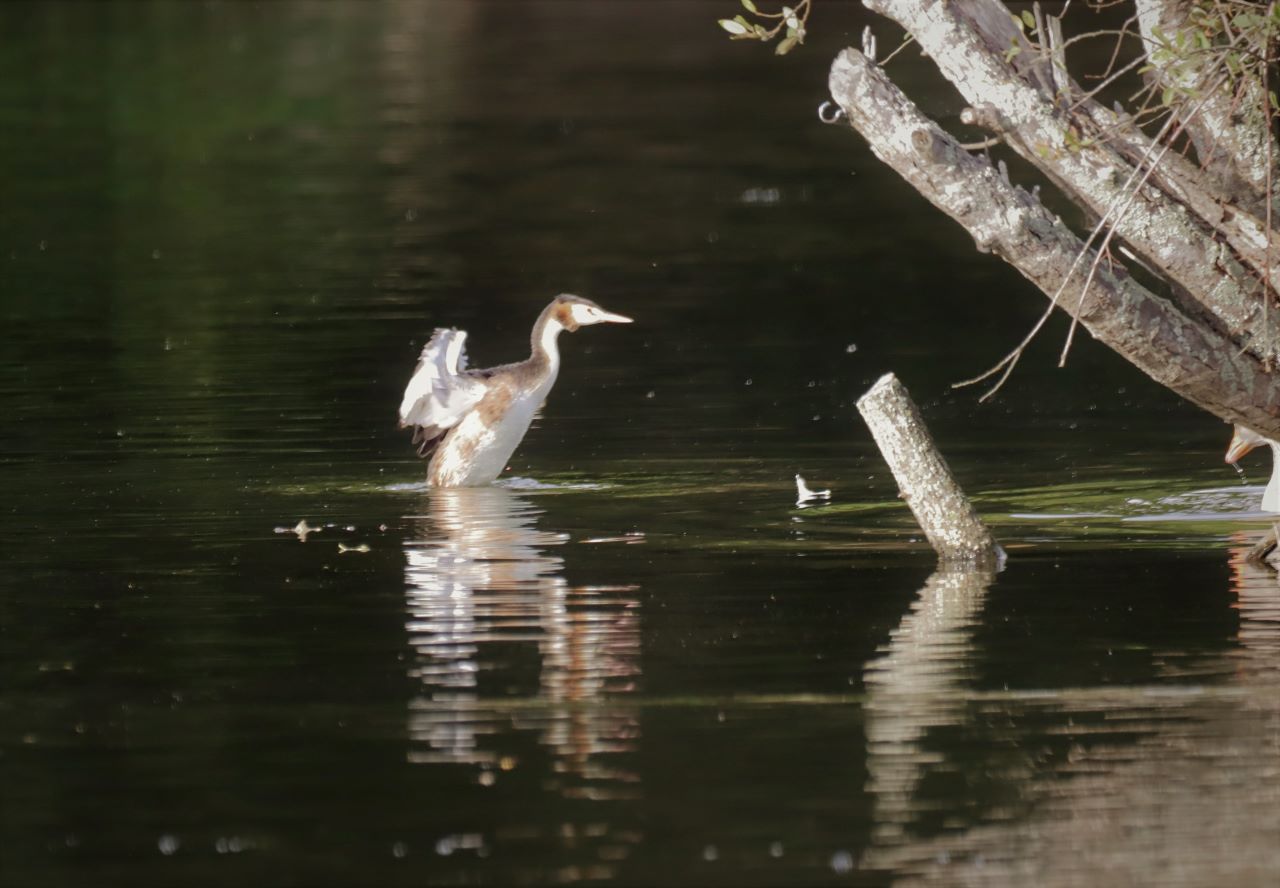
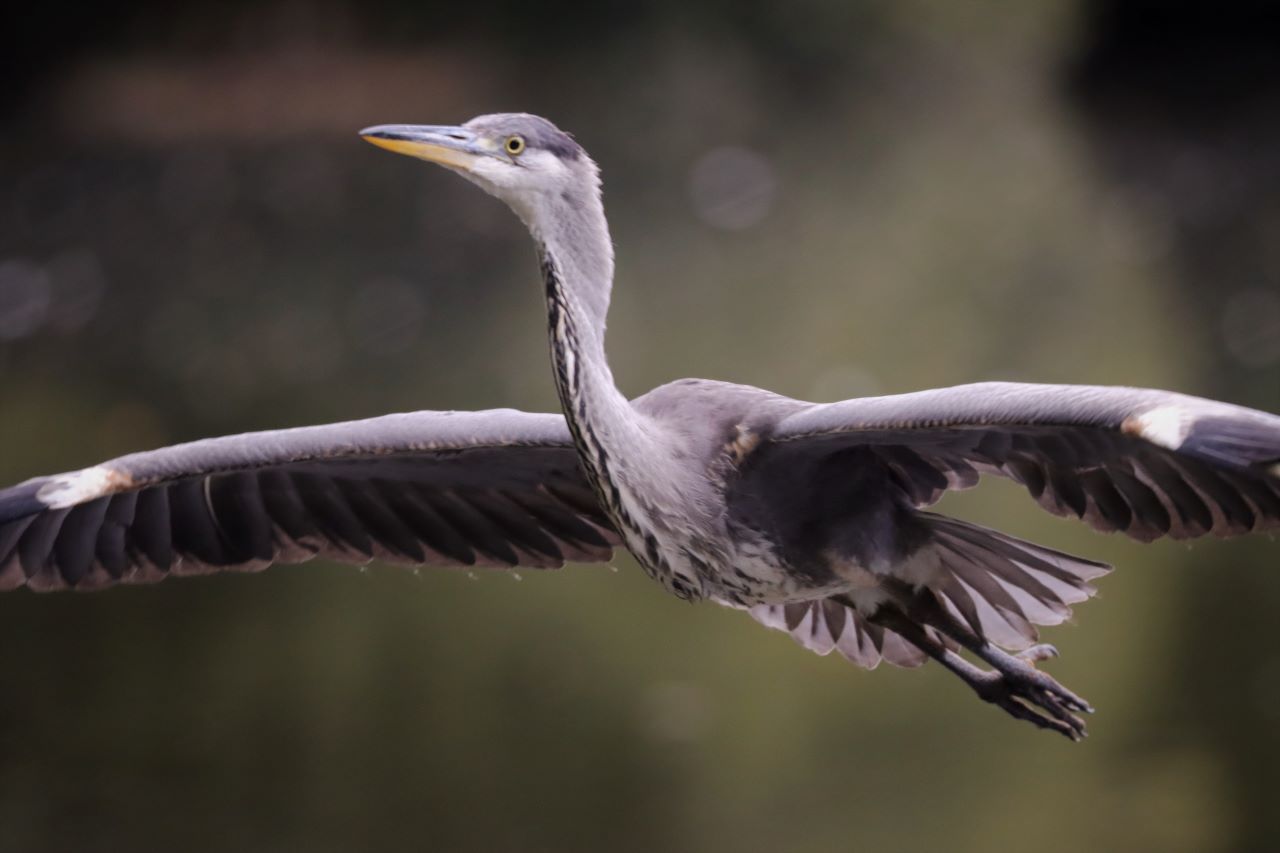
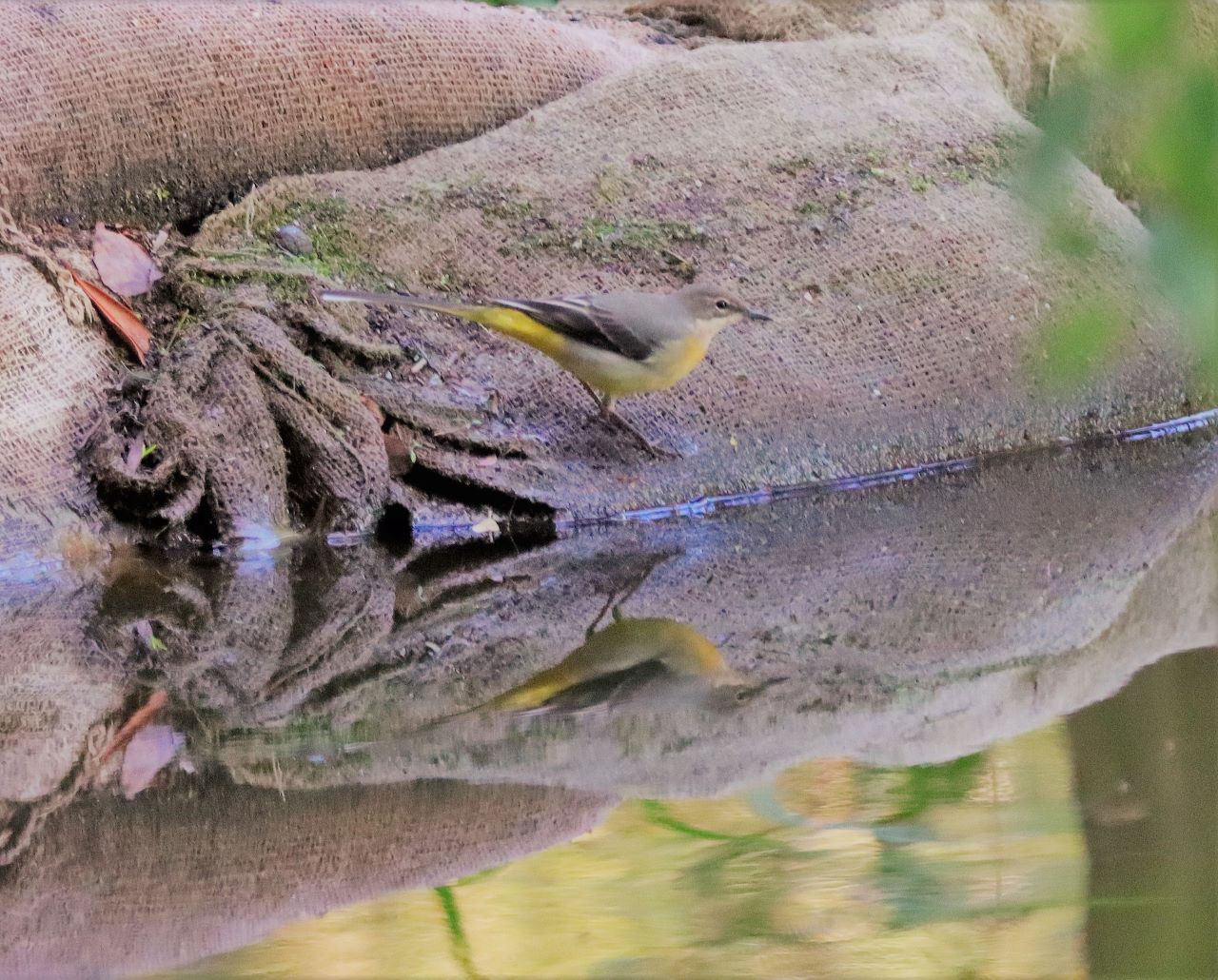
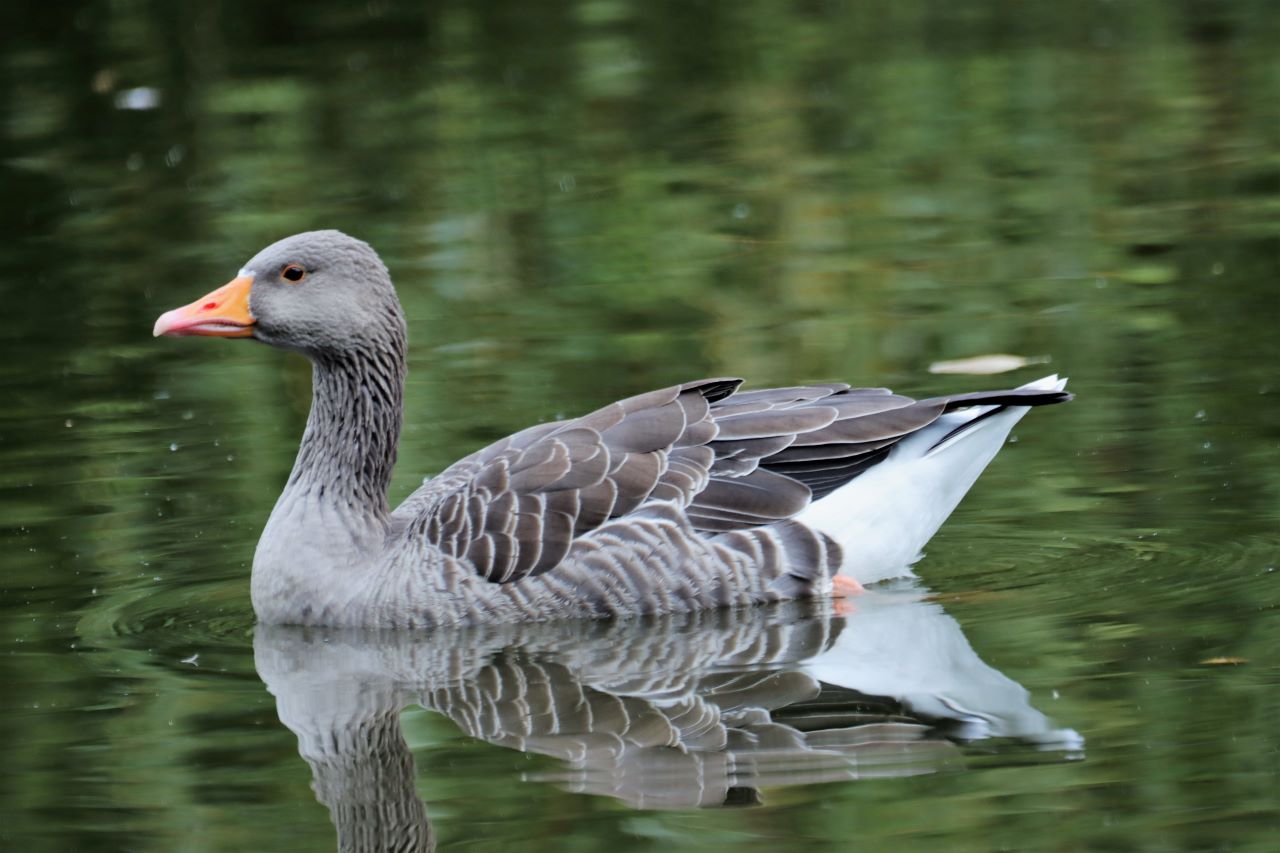
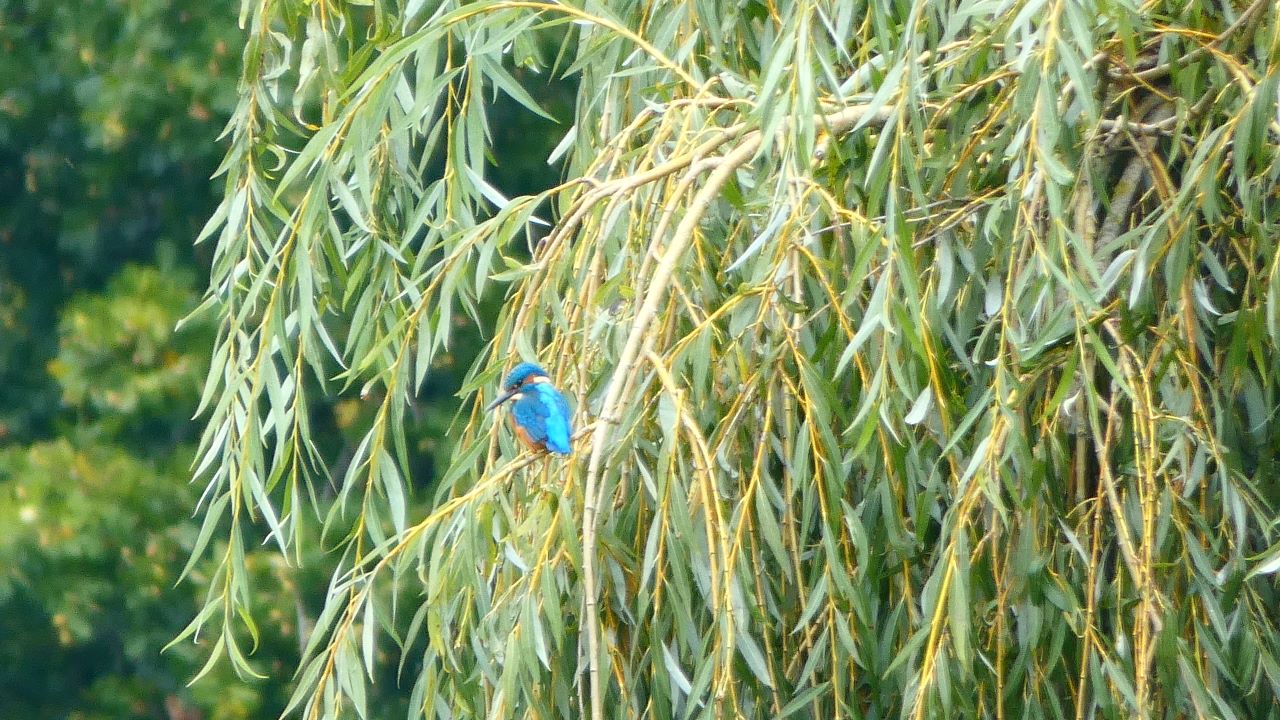
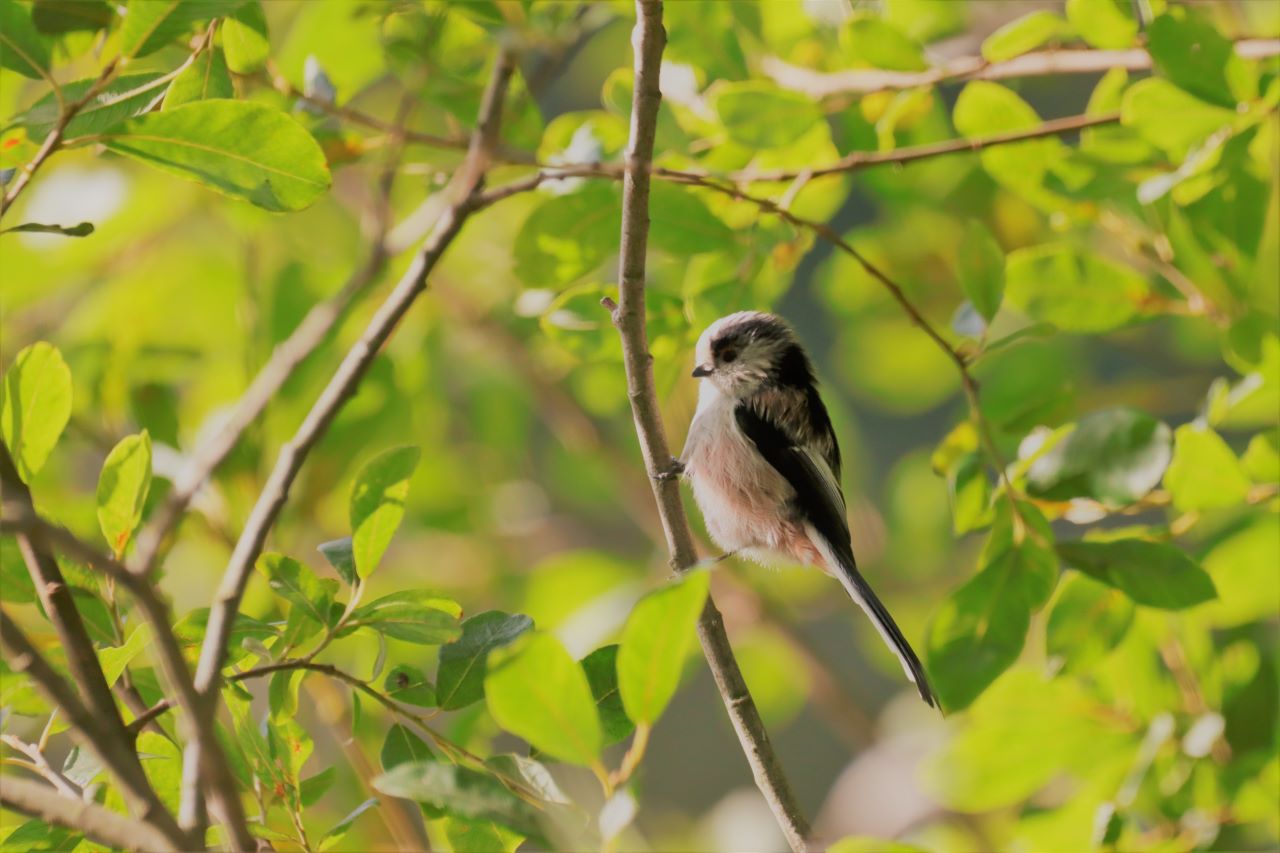

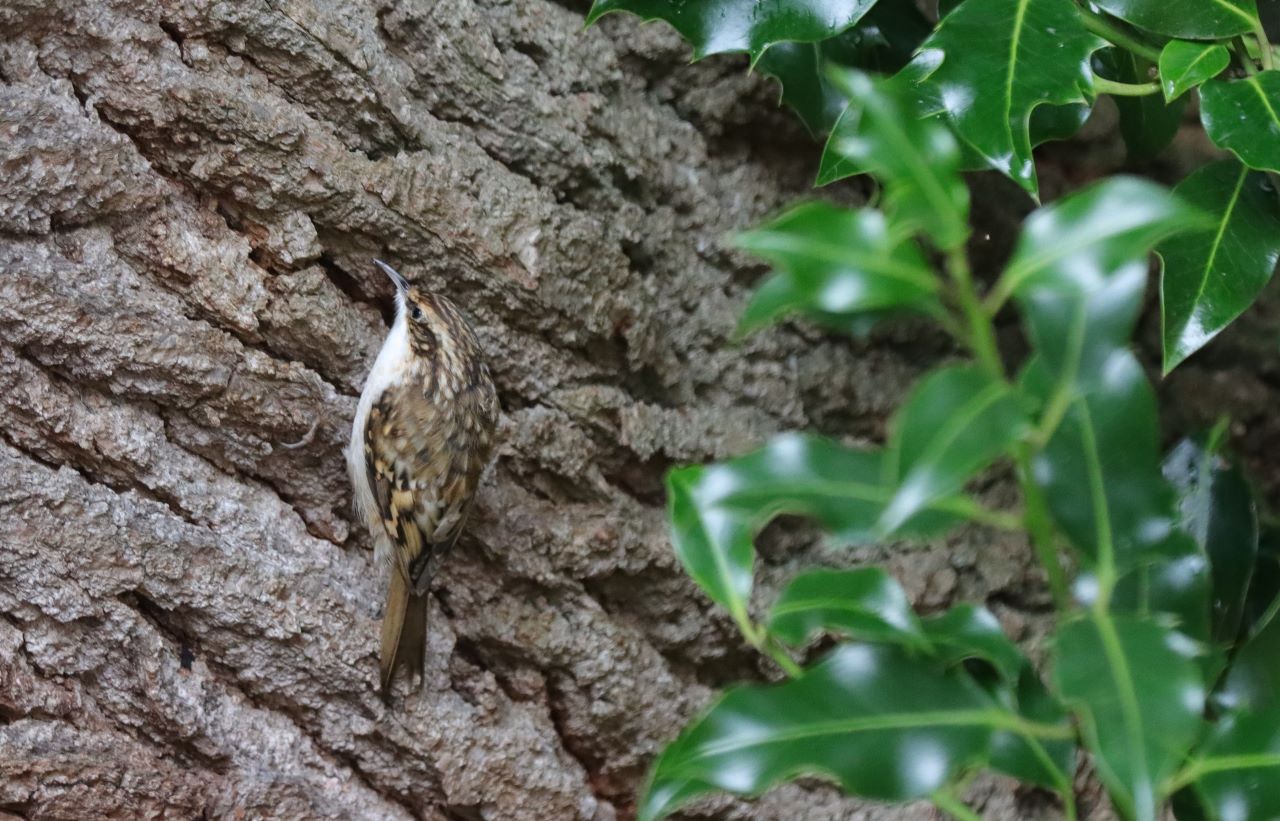

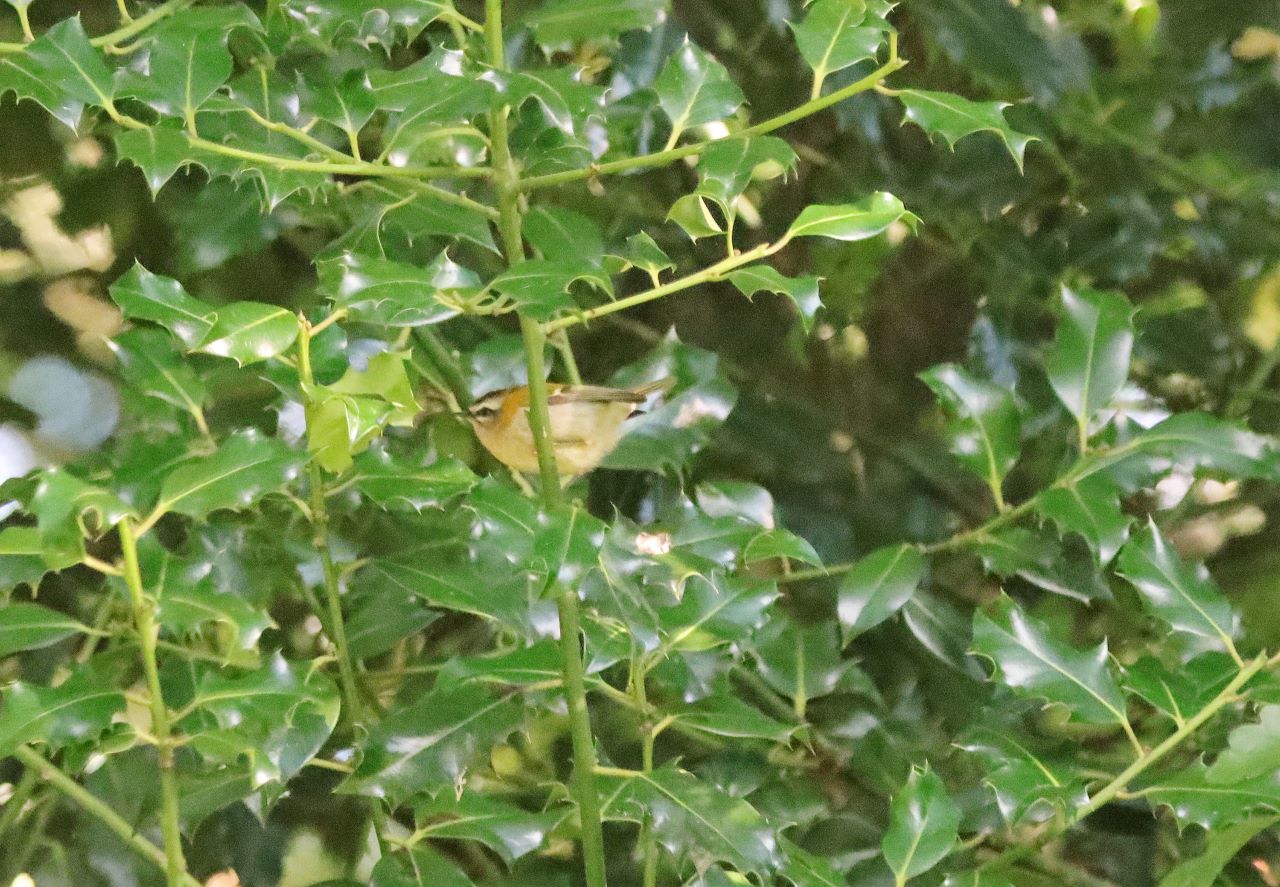
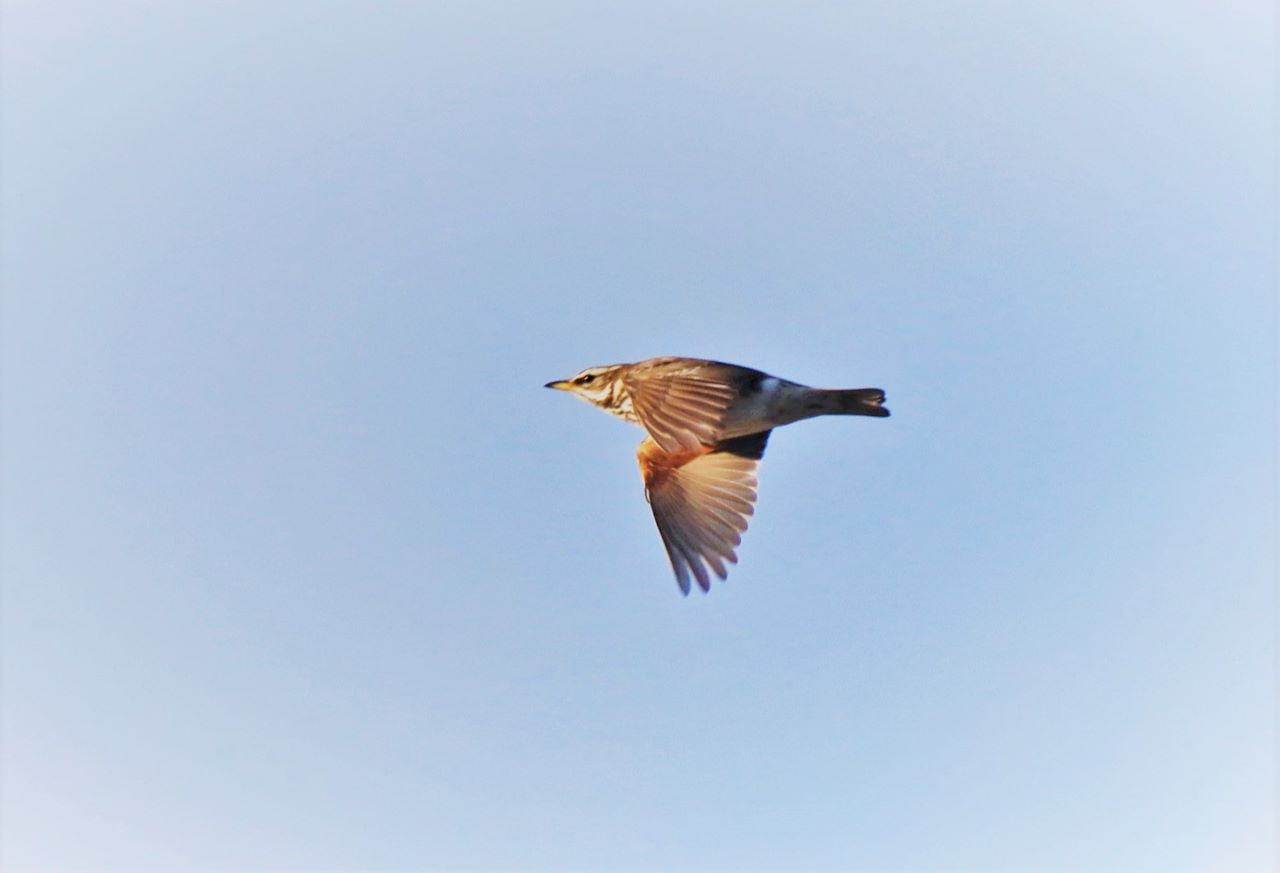
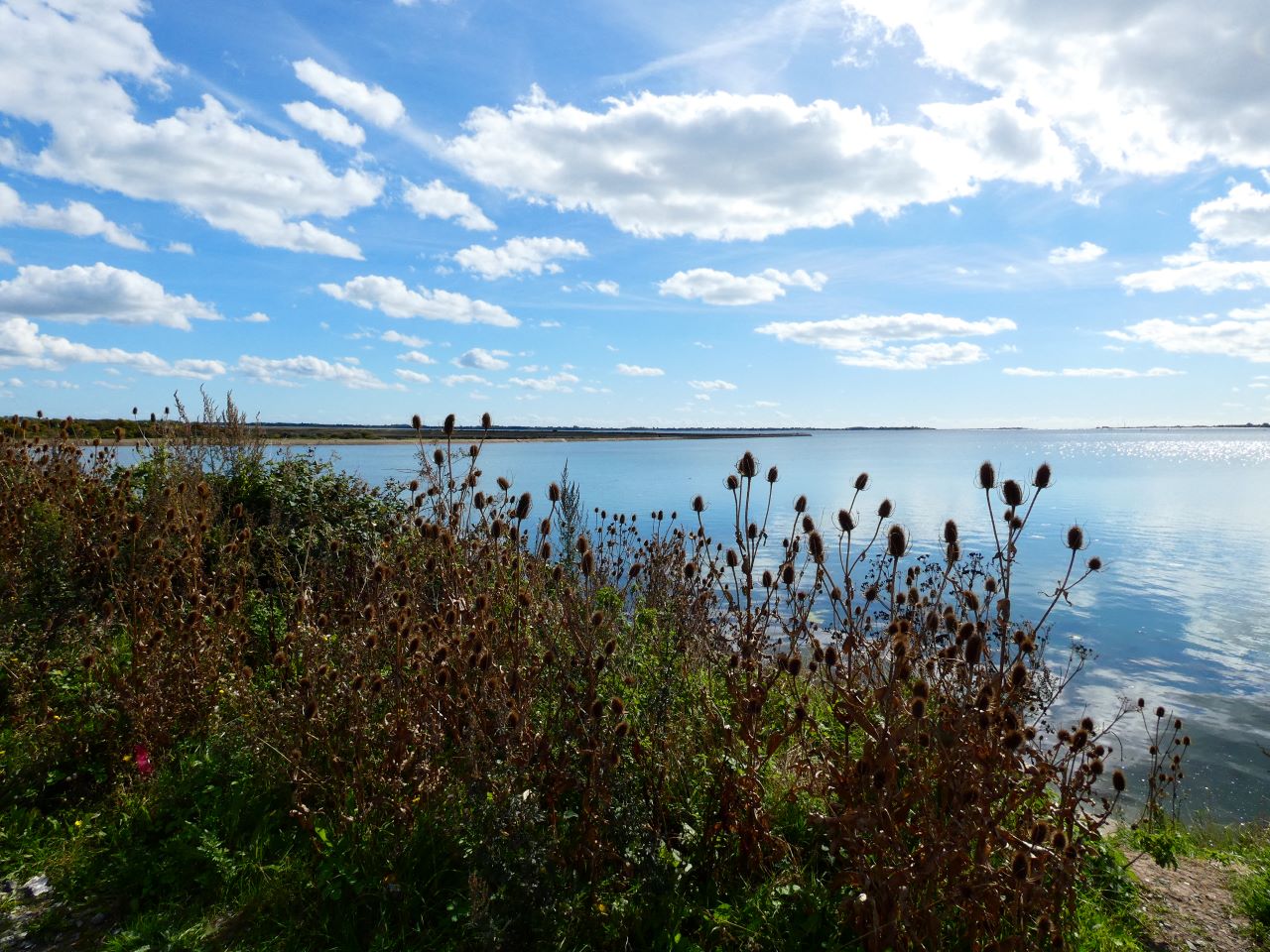
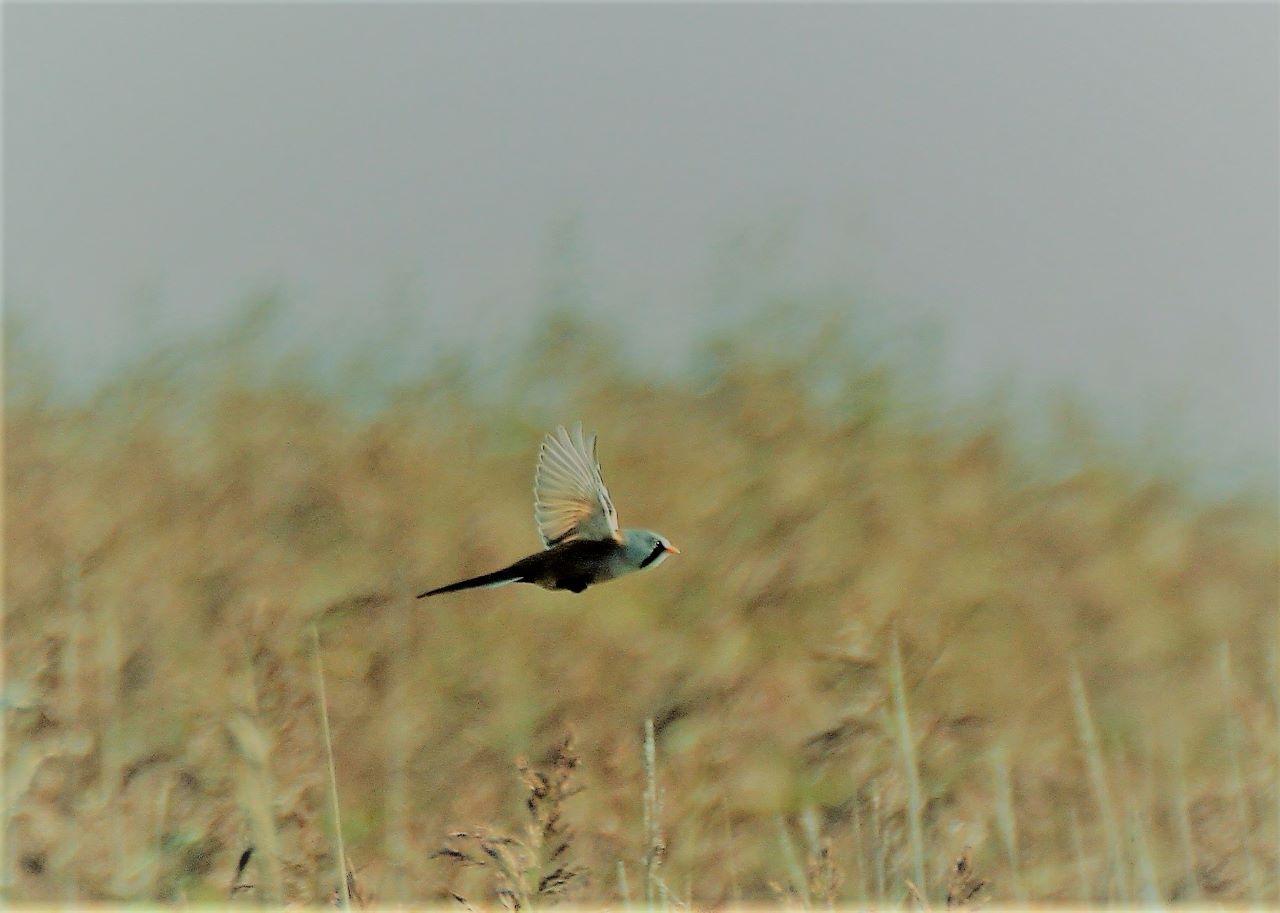
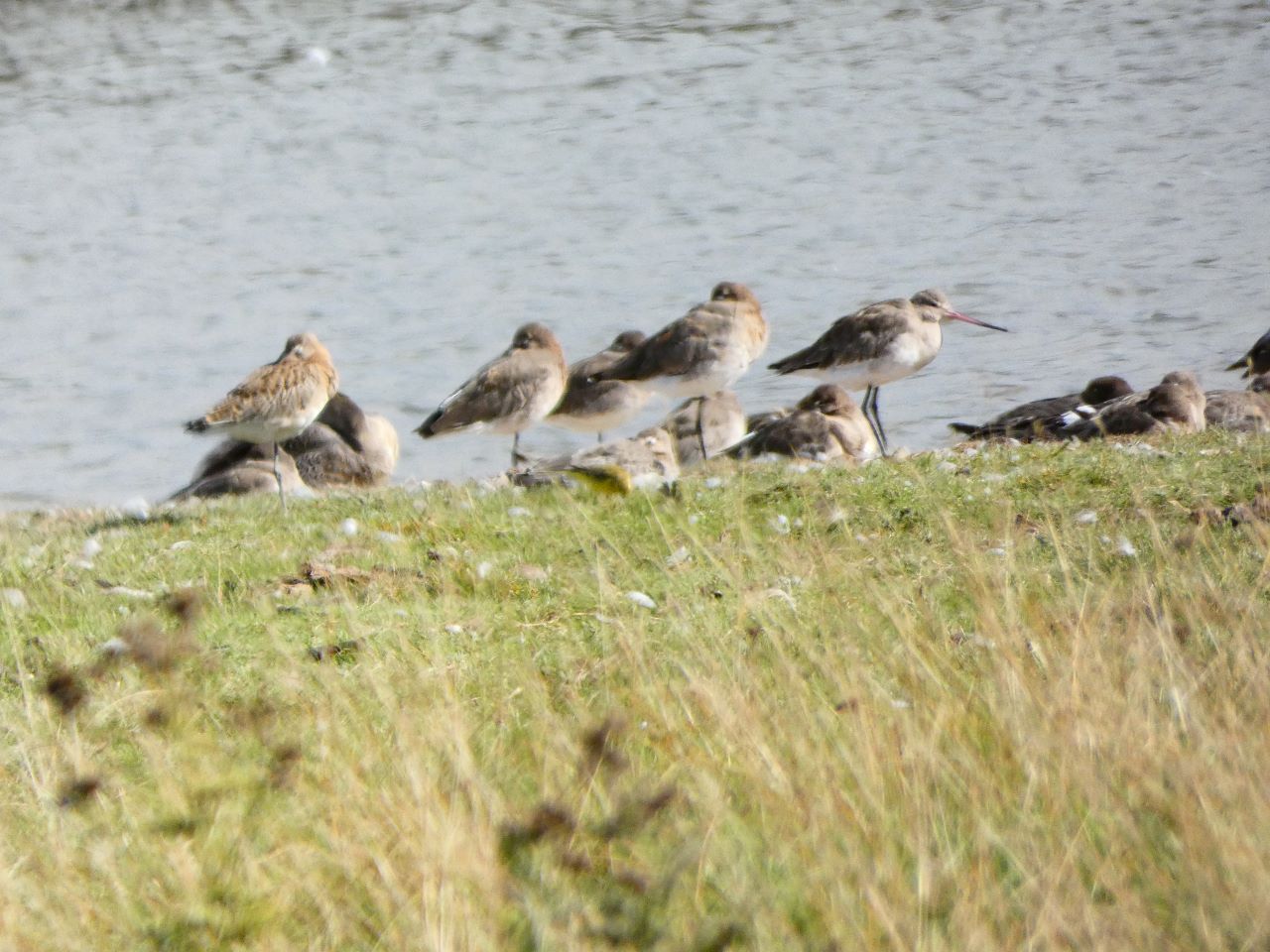
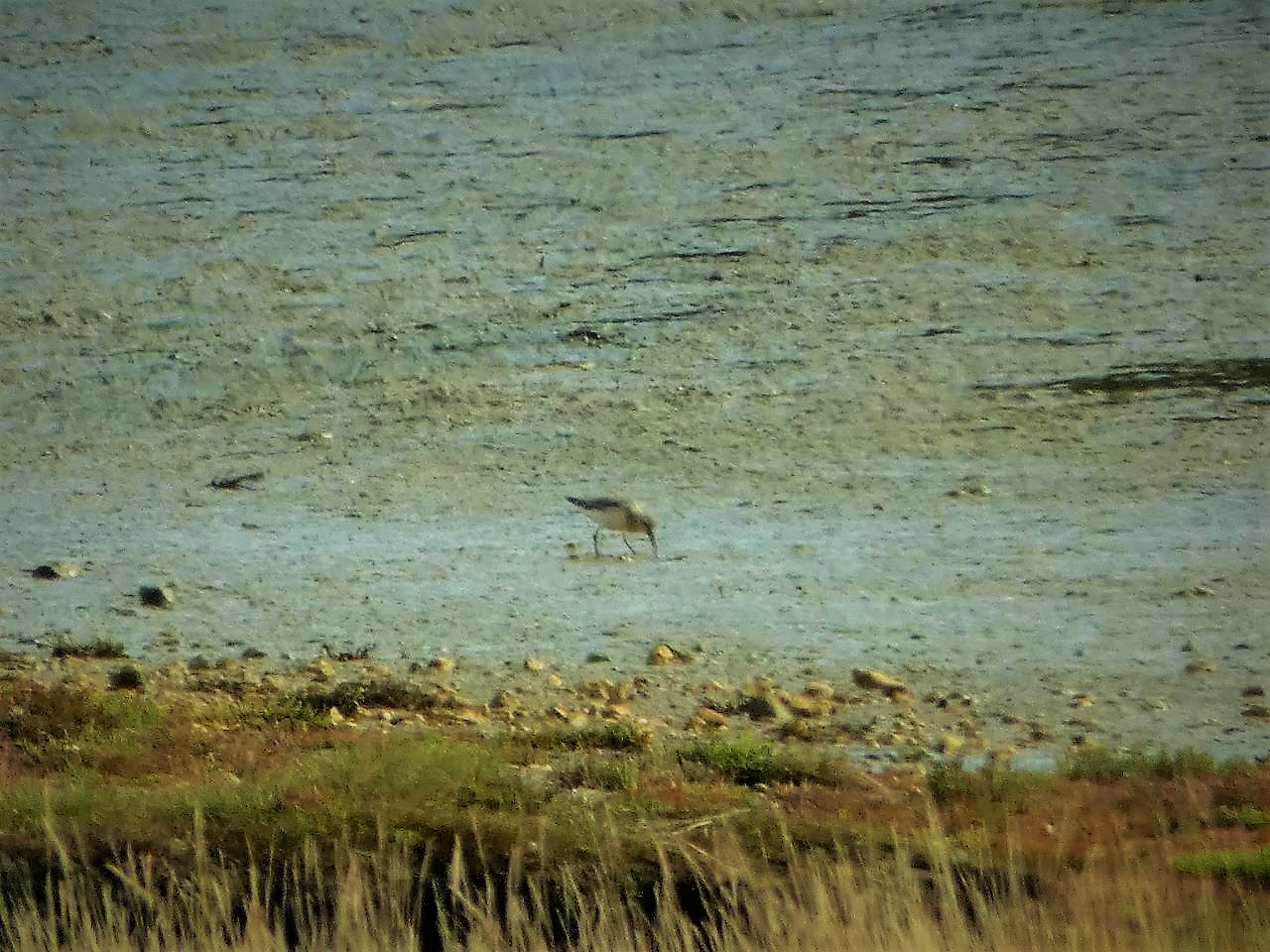

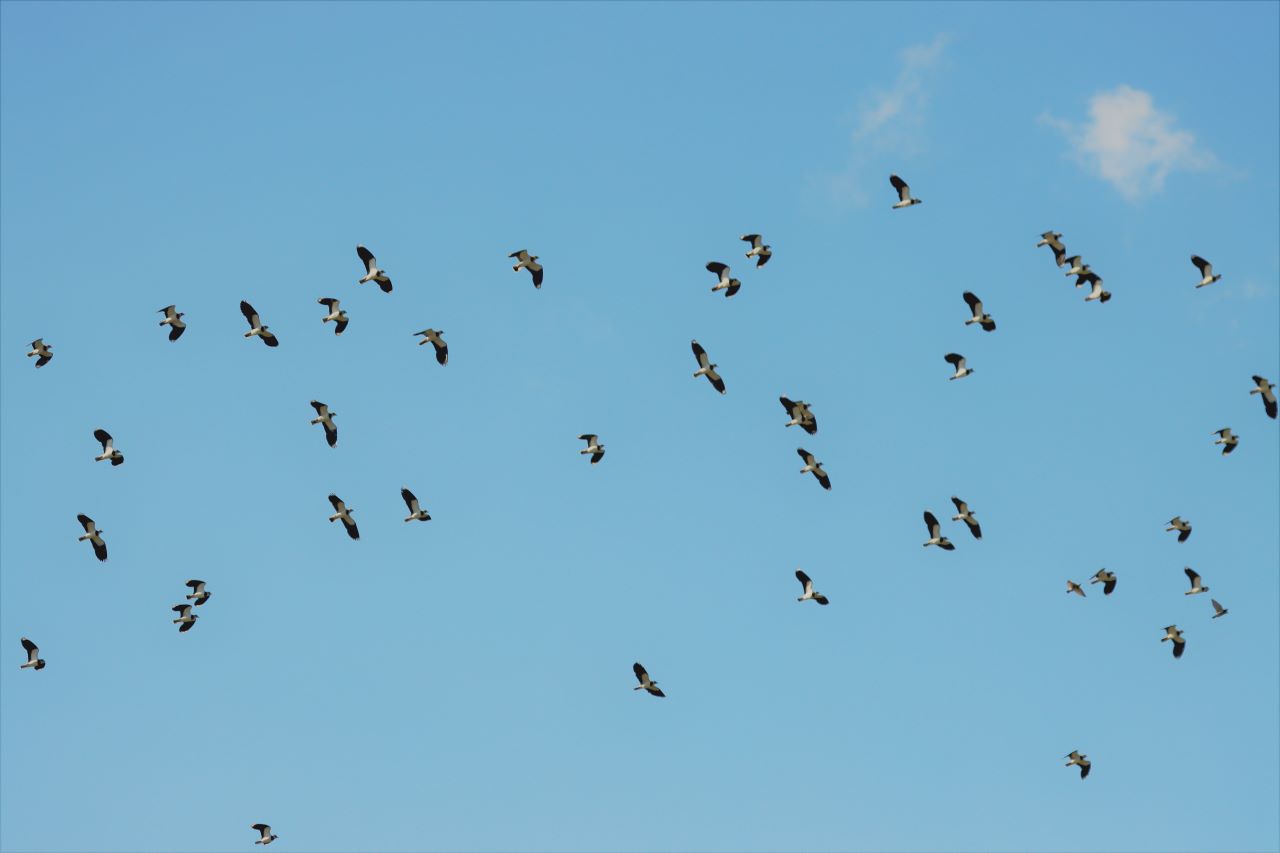
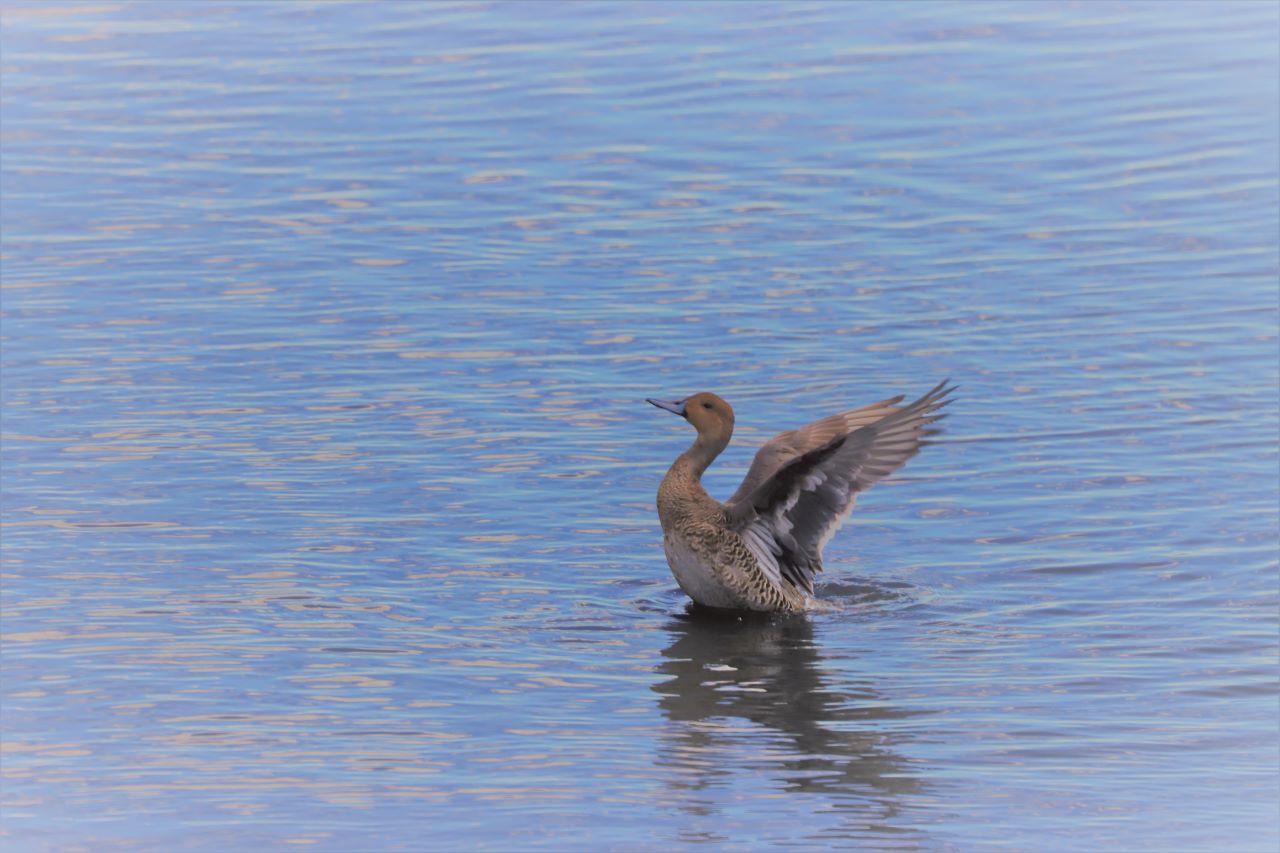
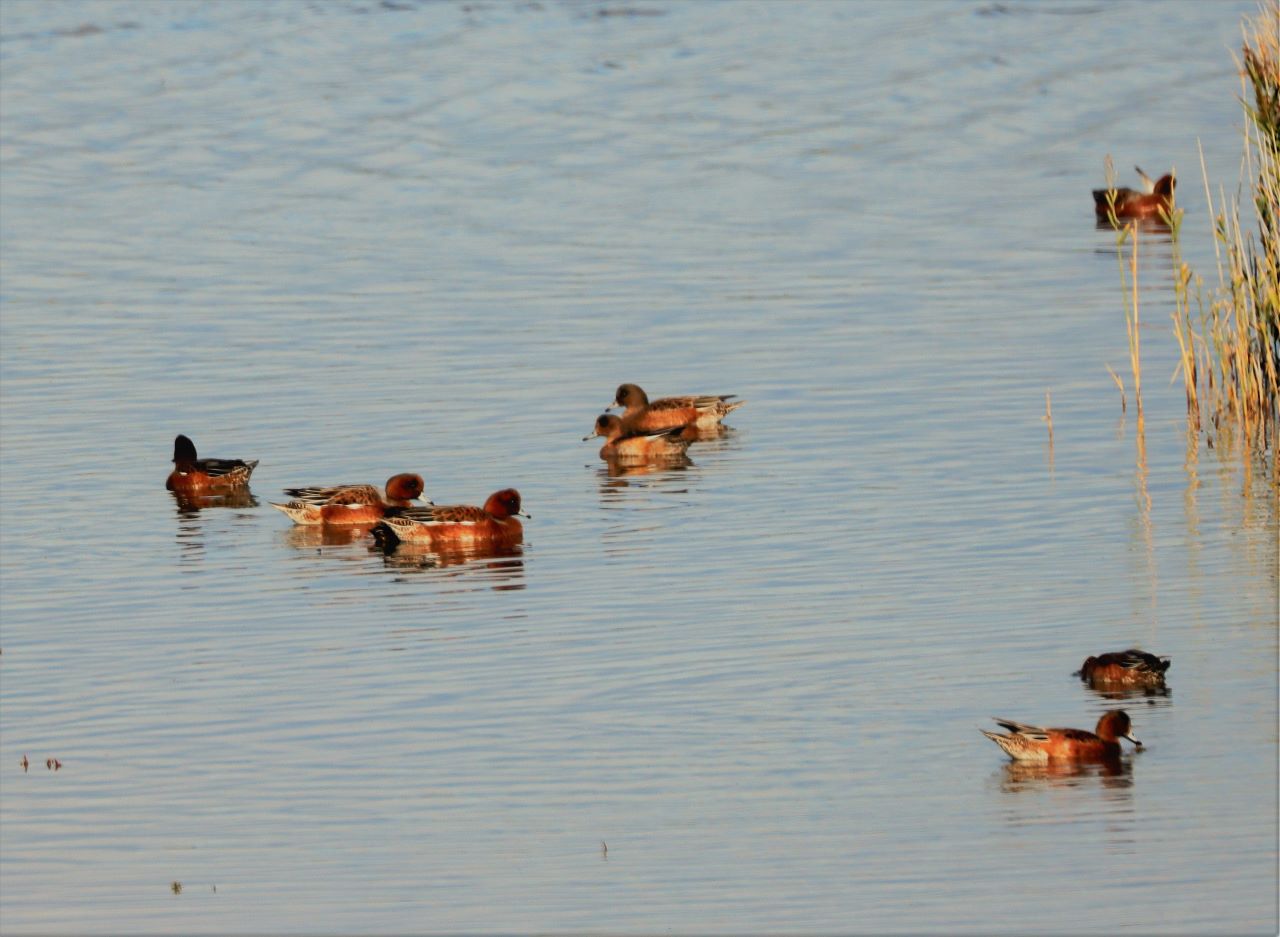
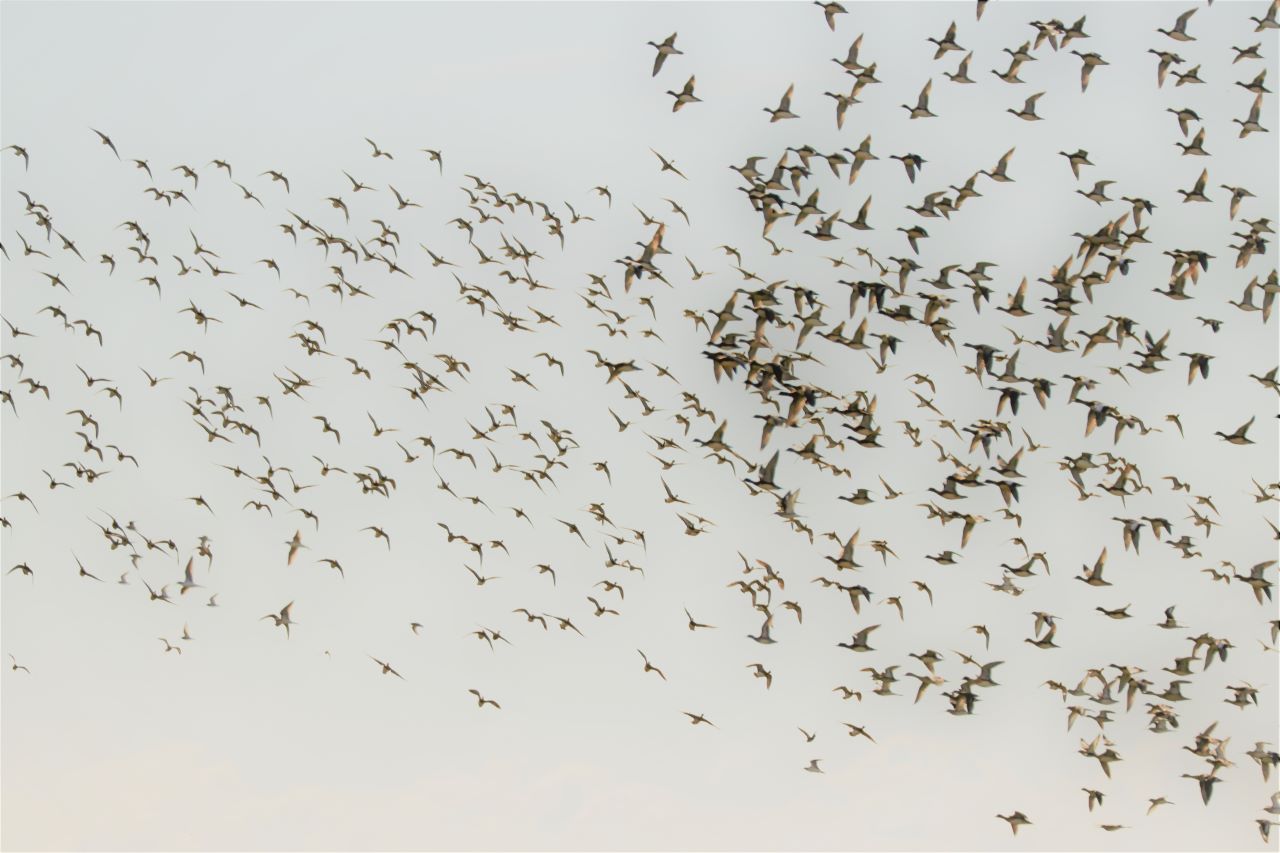
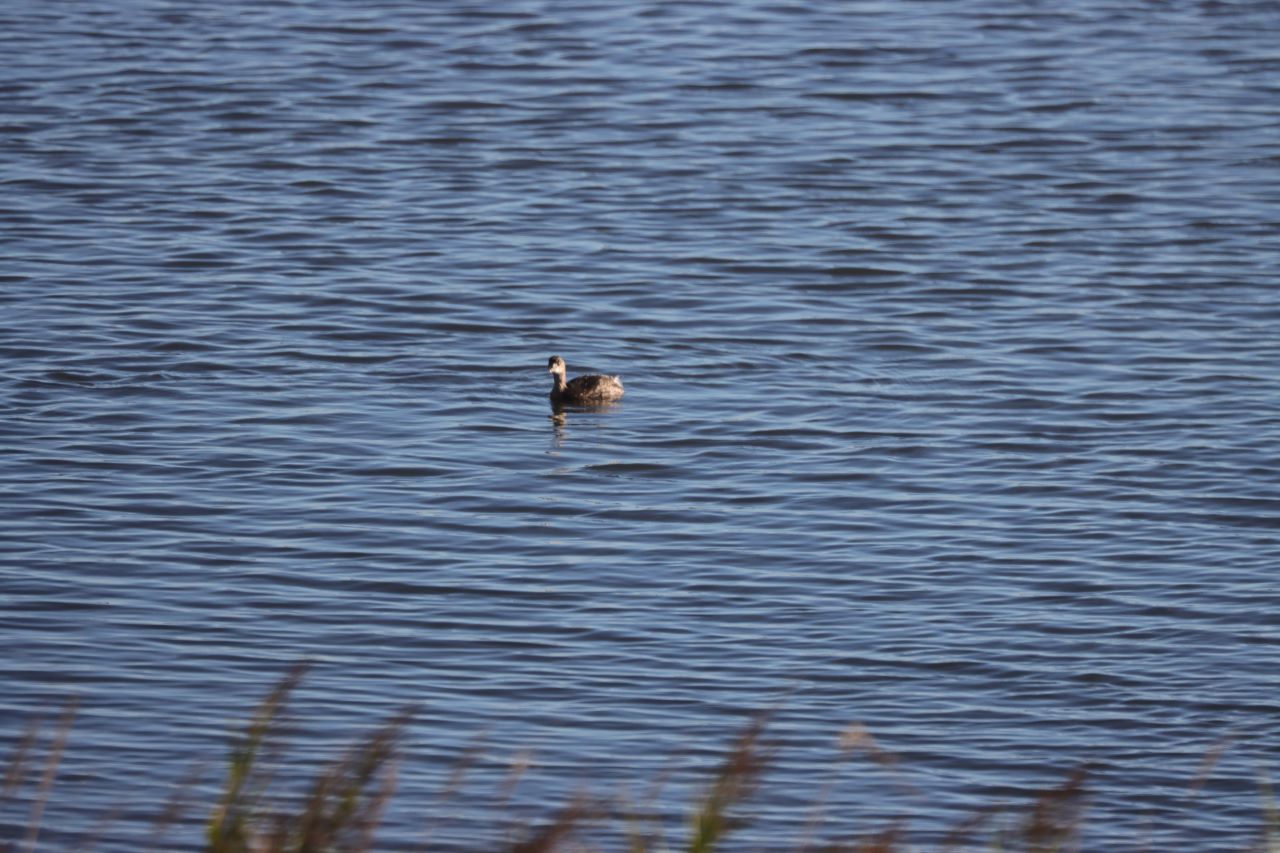
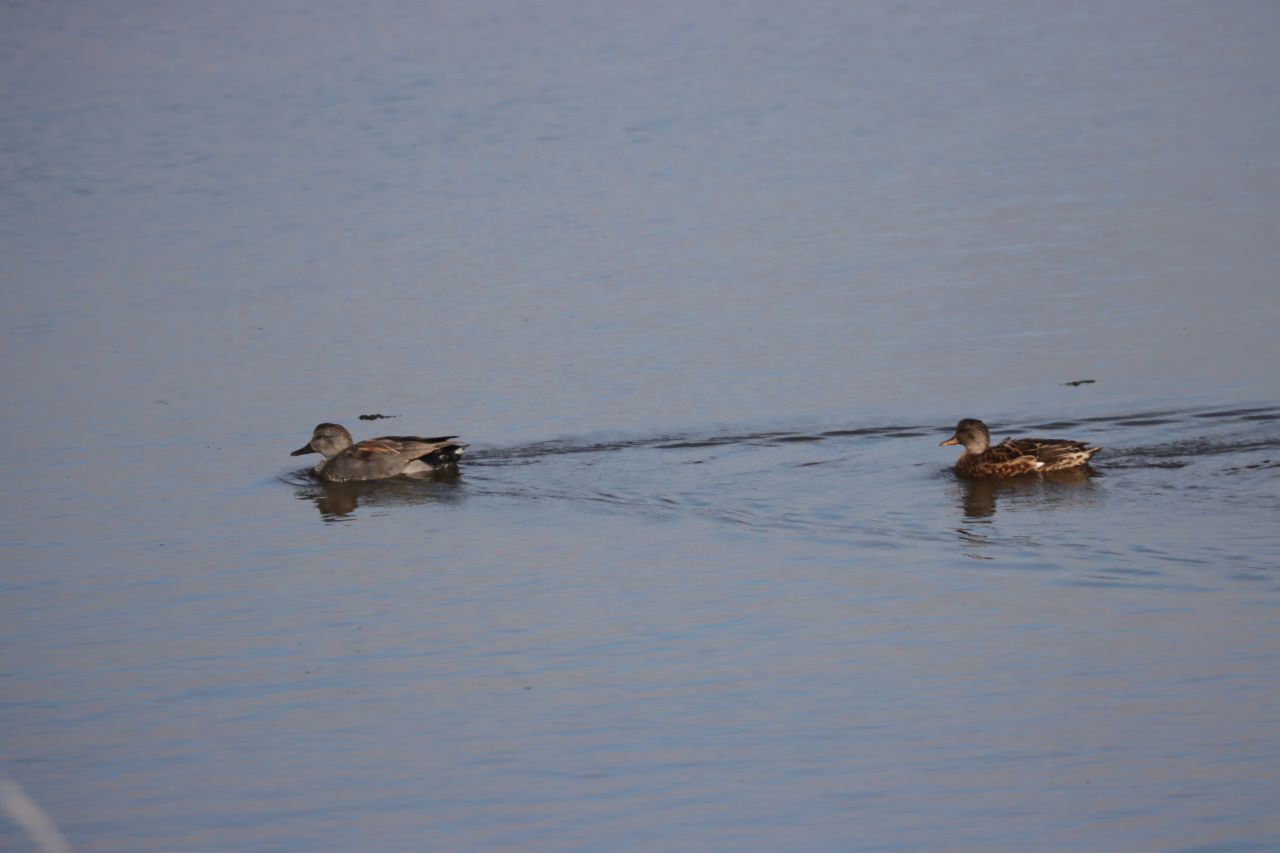
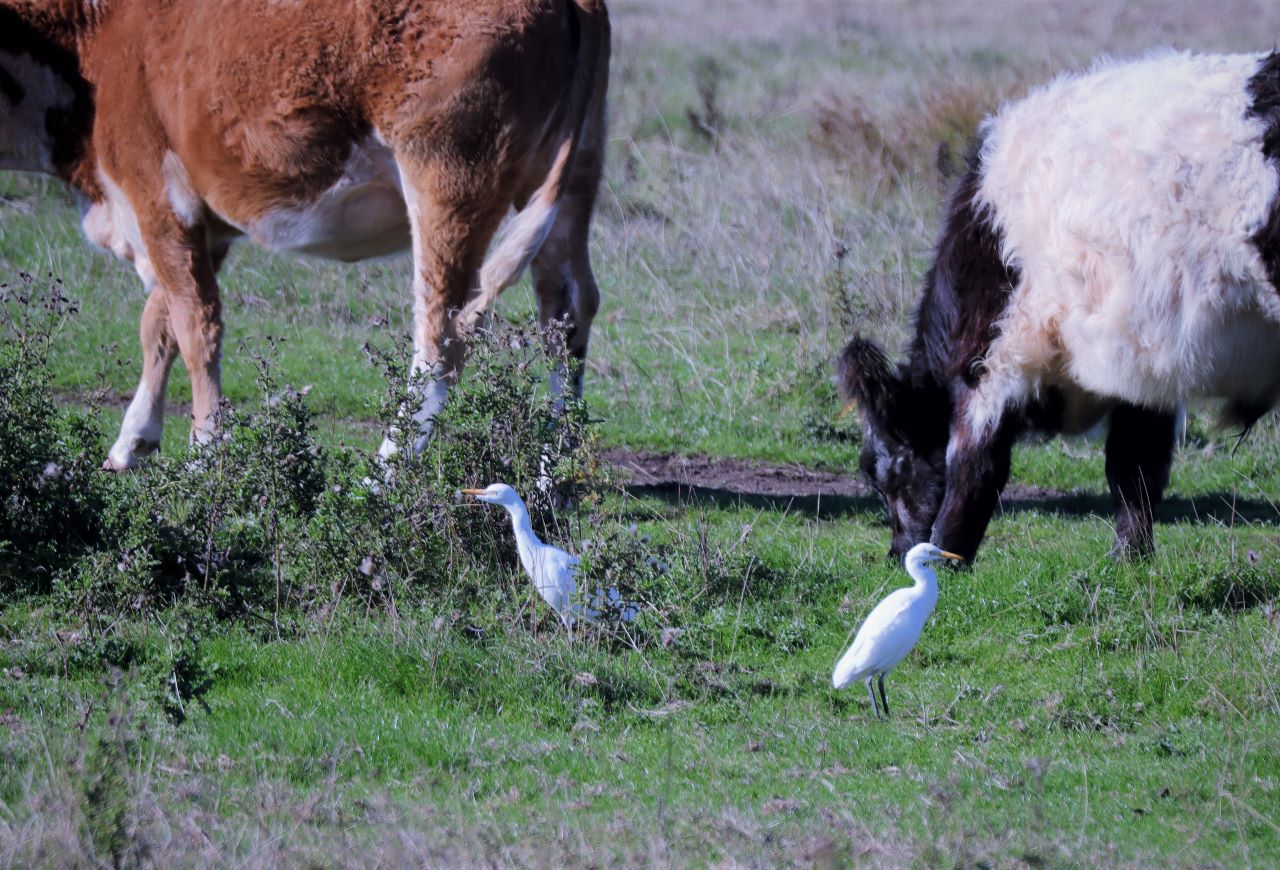


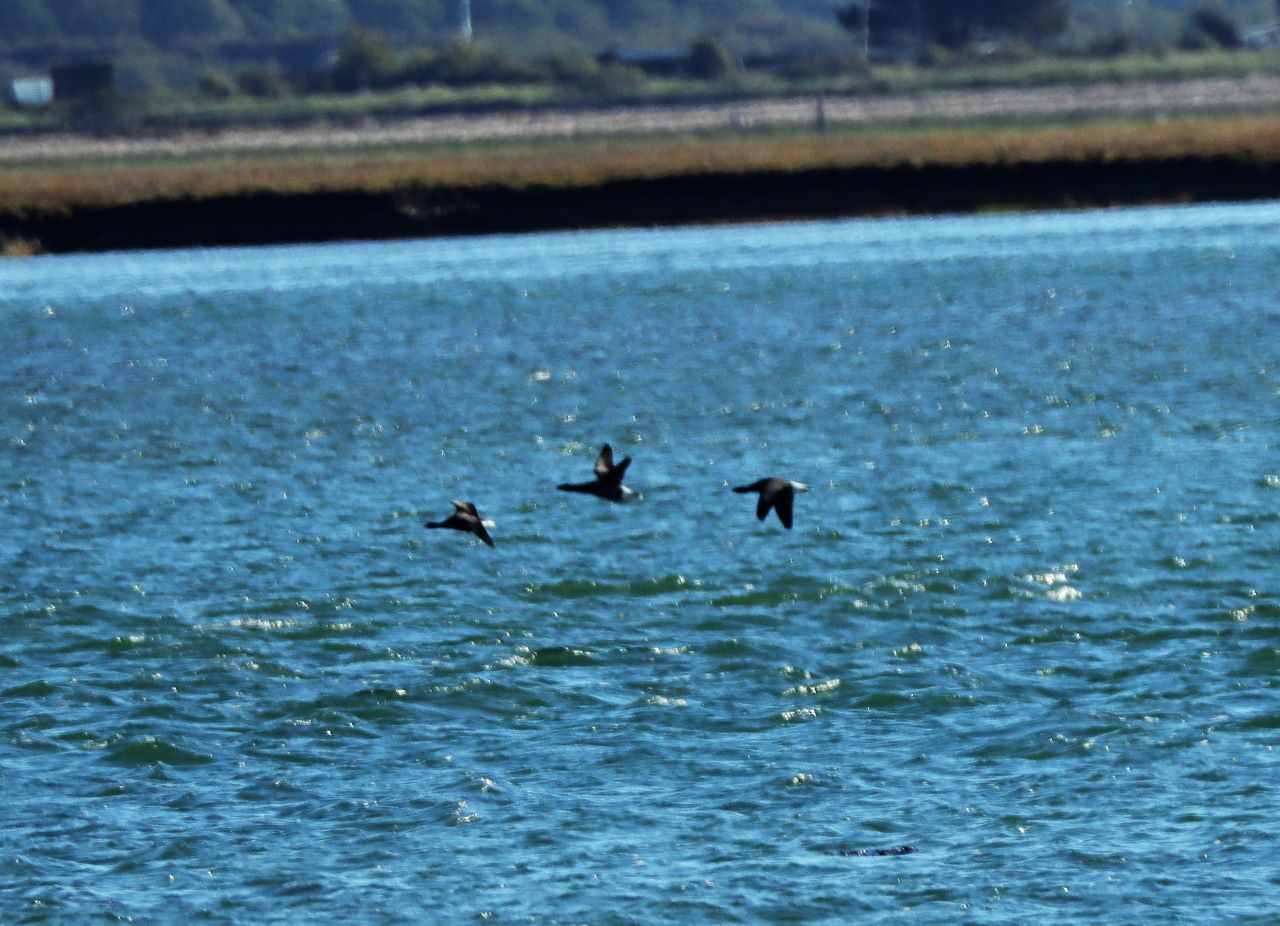
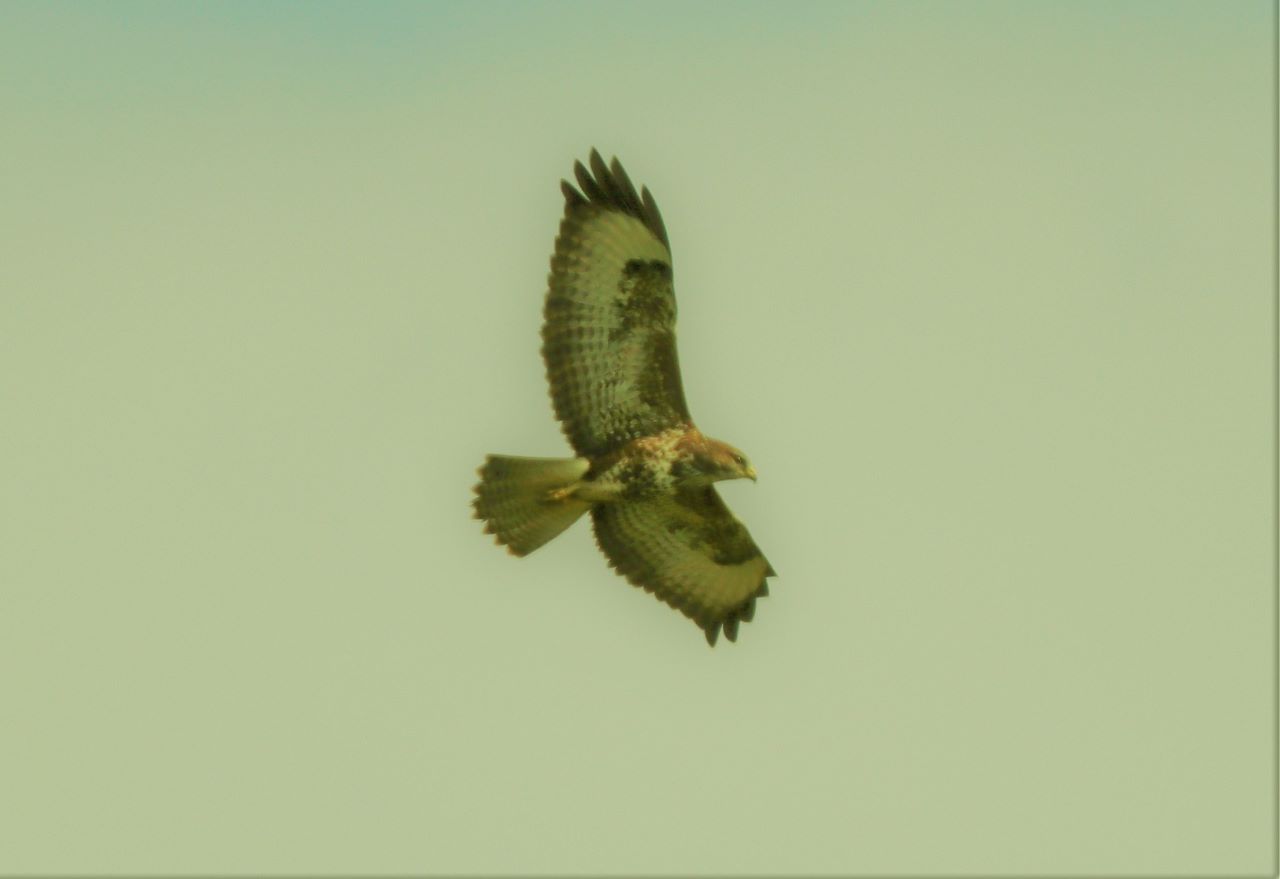
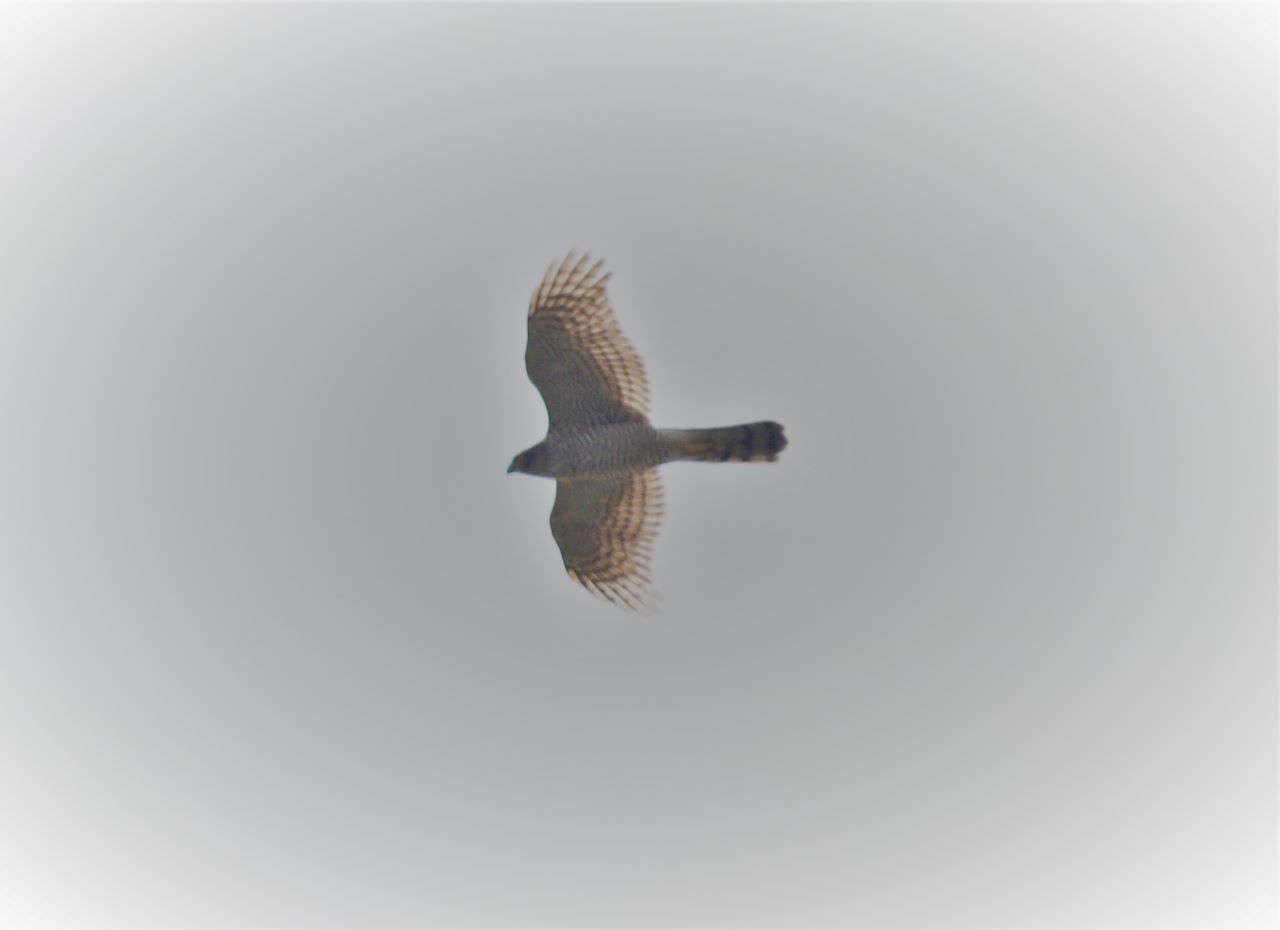
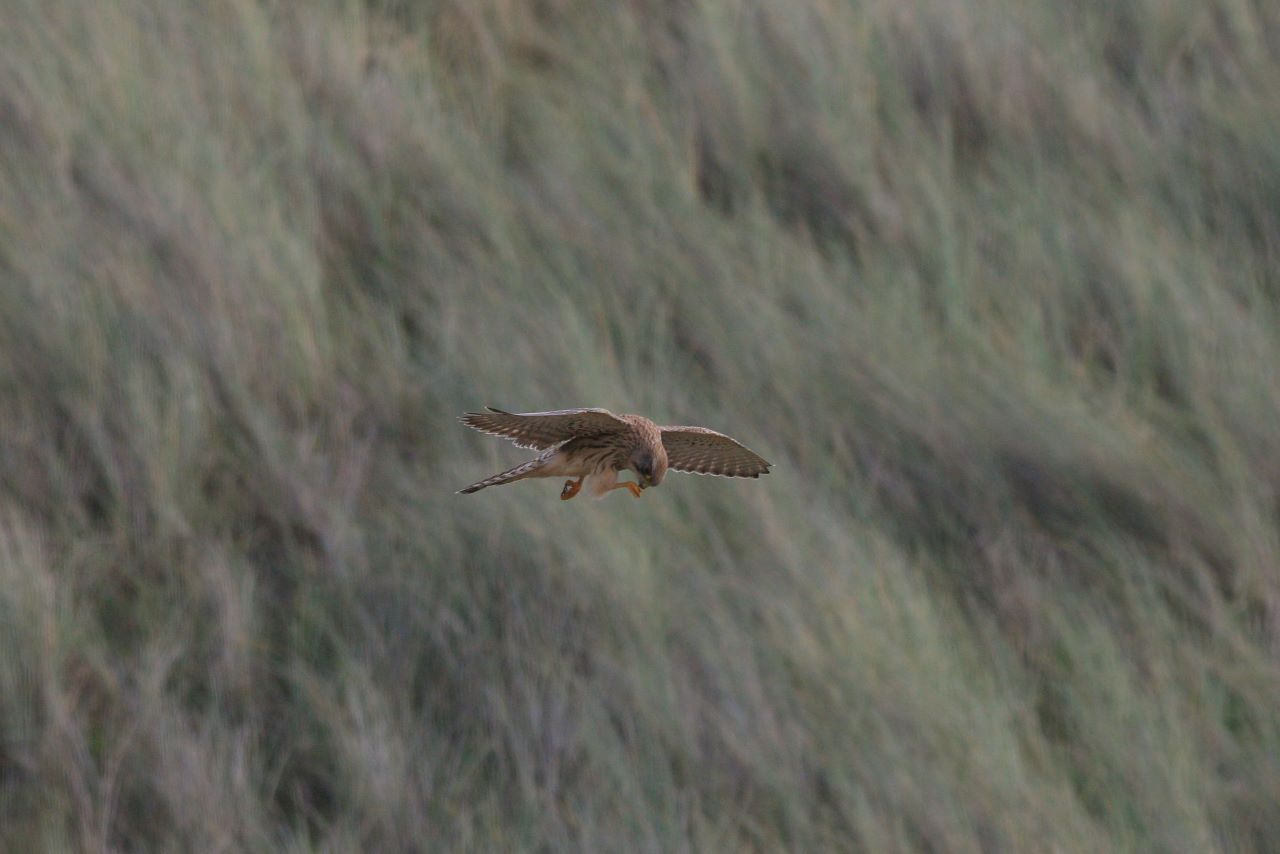
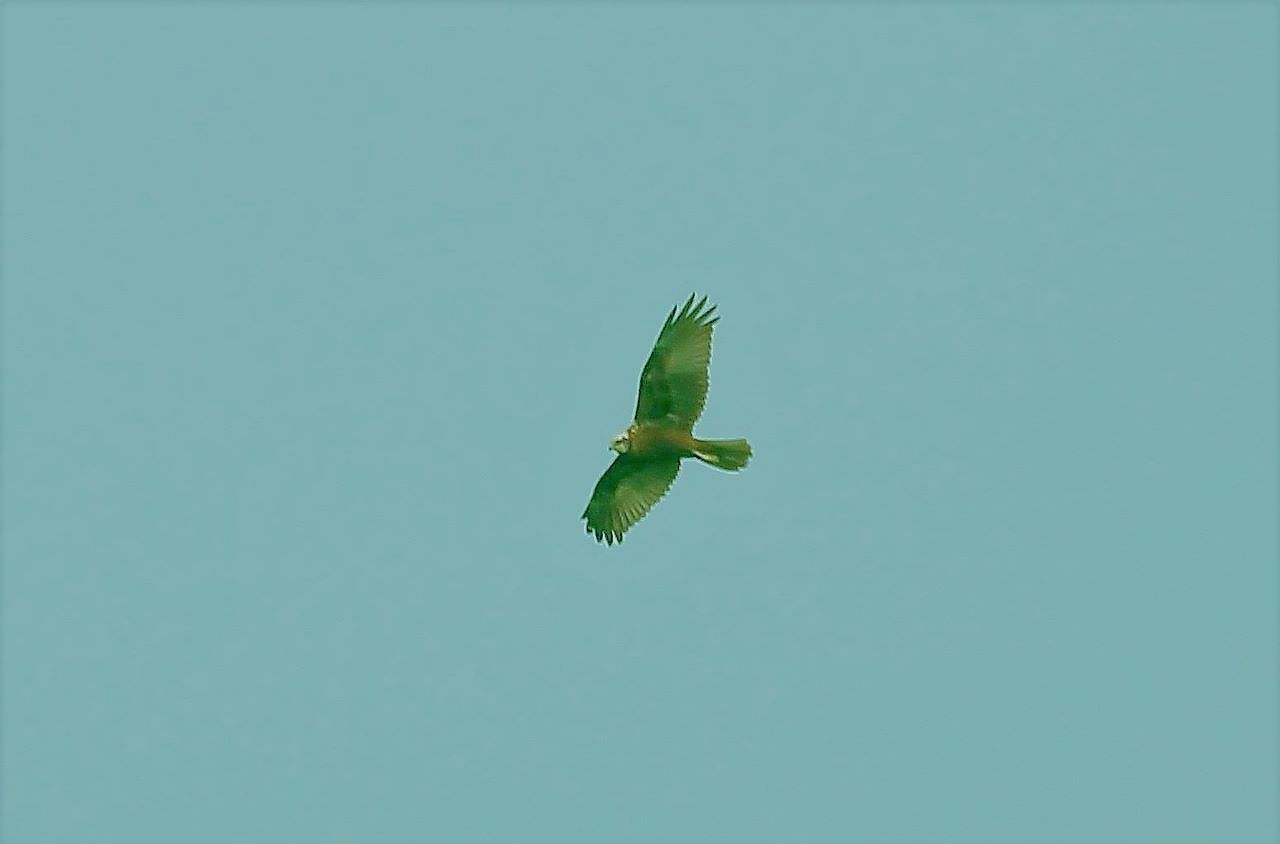




Geoff Bailey
October 4, 2022 at 12:09 pm
Thanks. Farlington Marshes looks good. Must go soon.